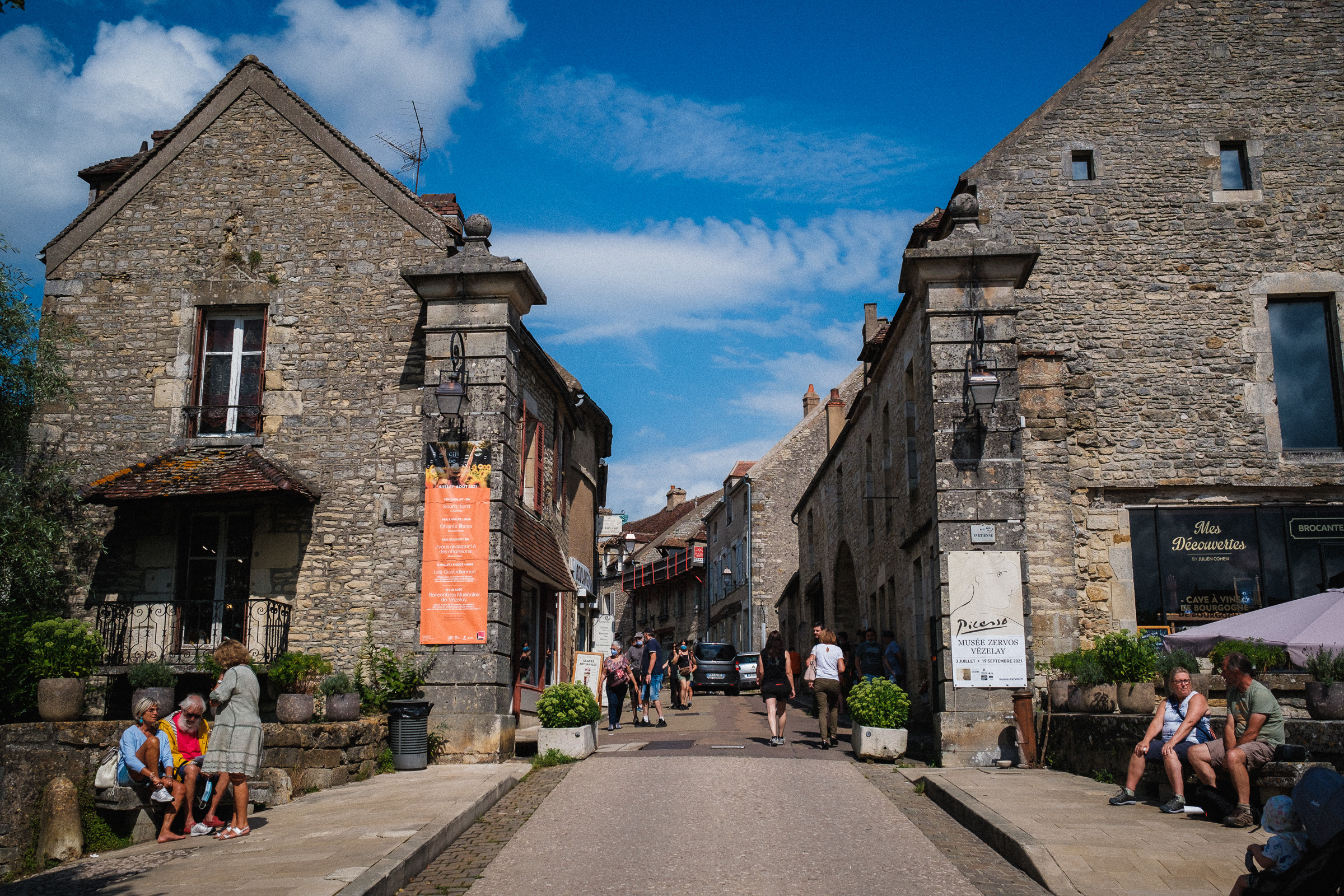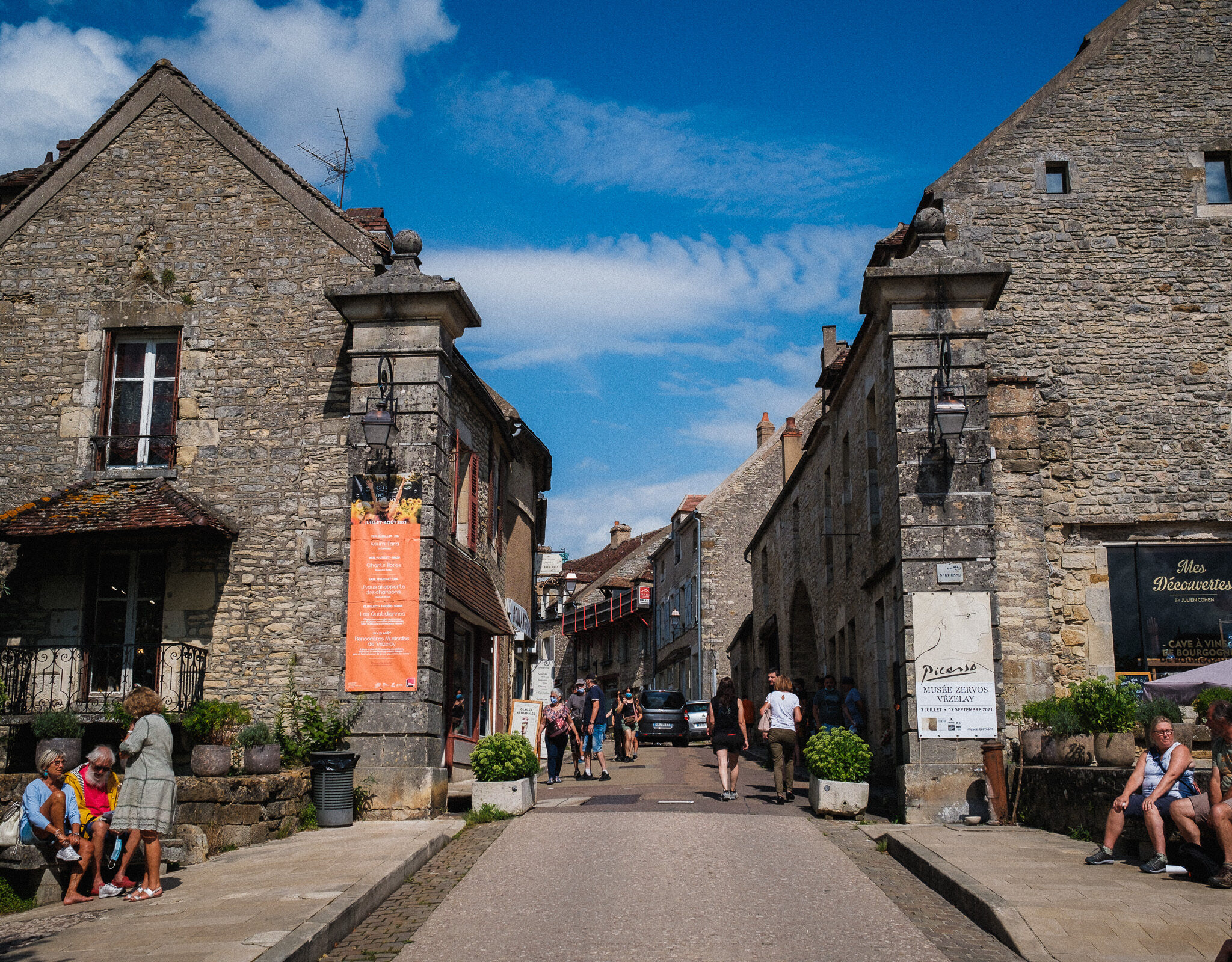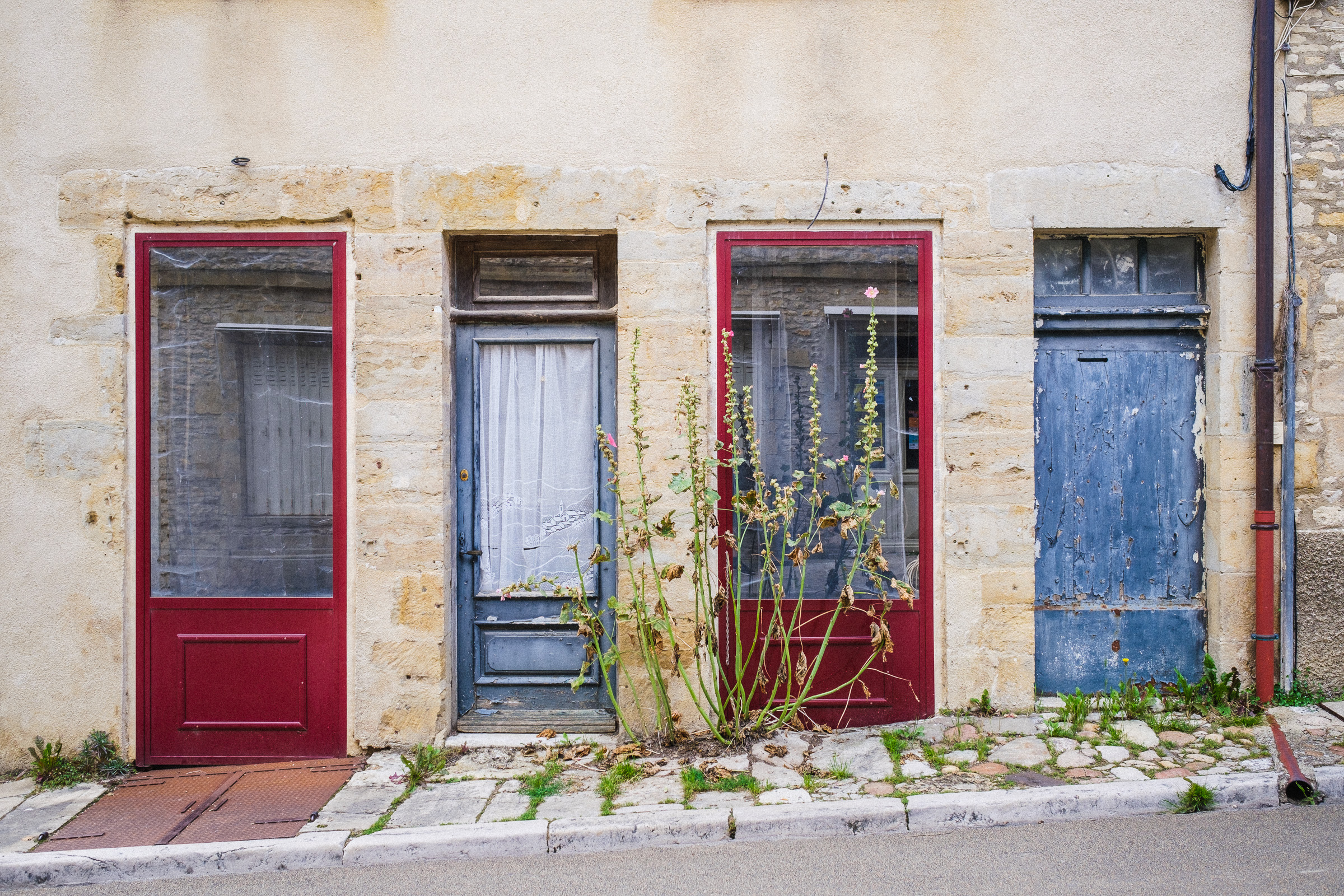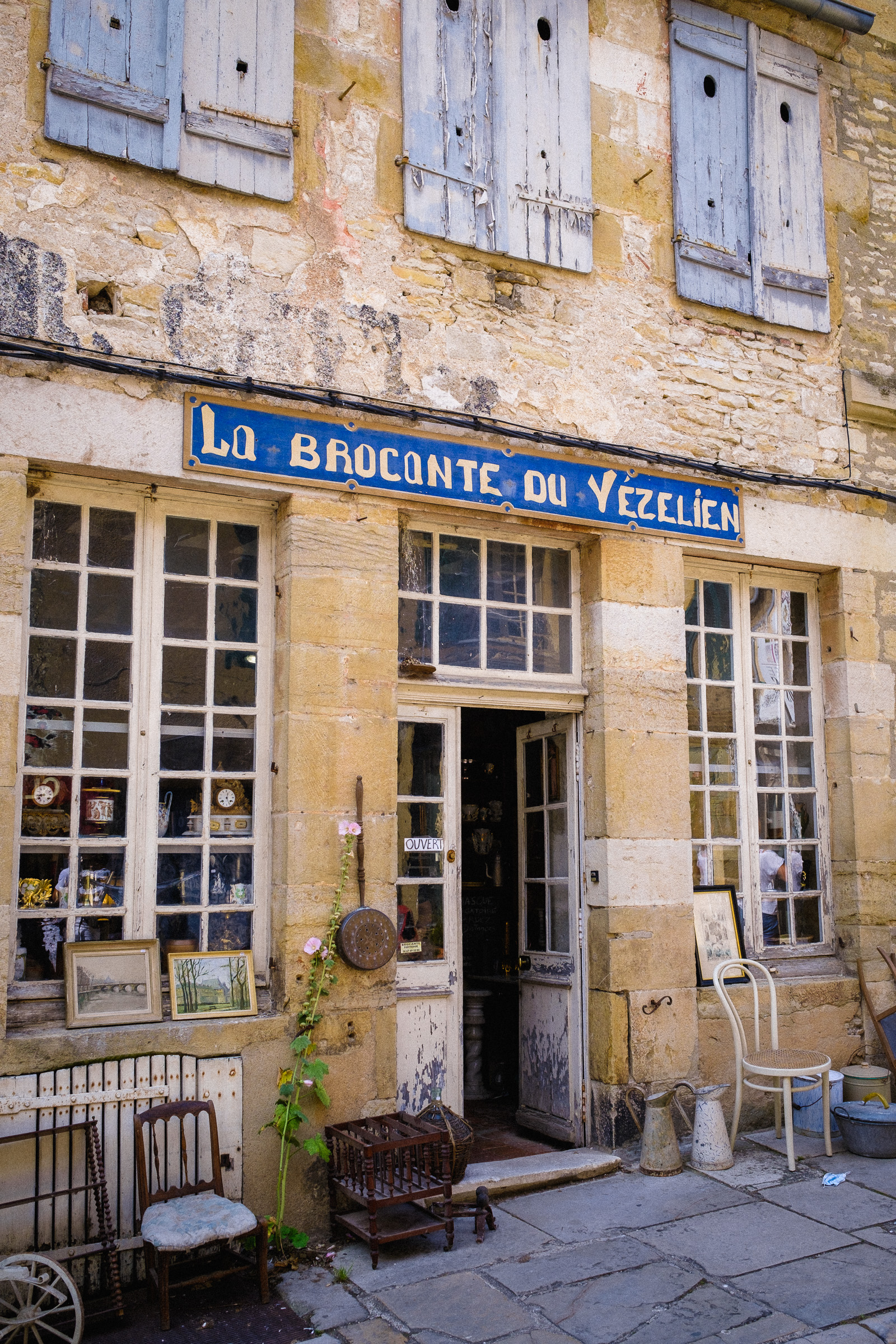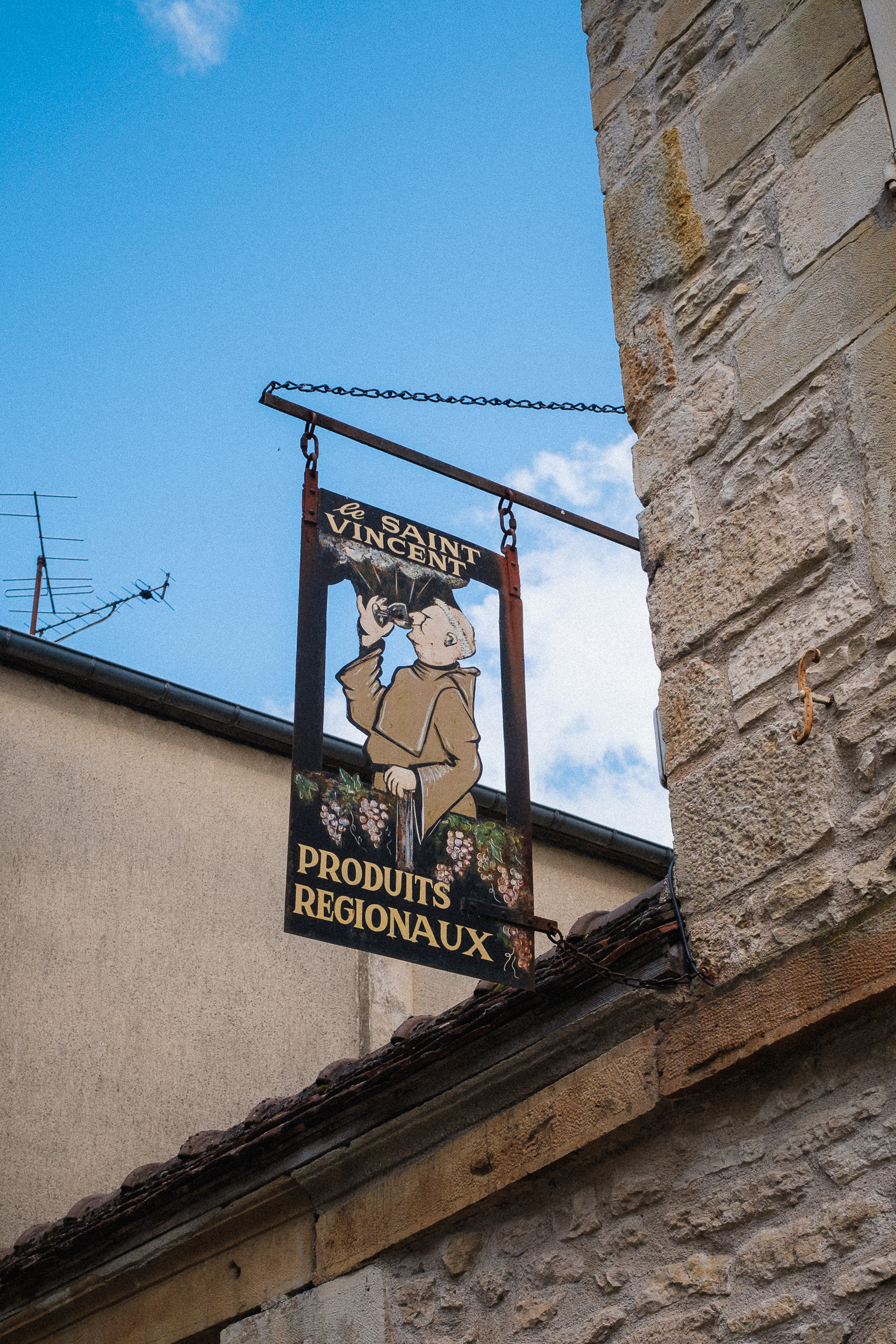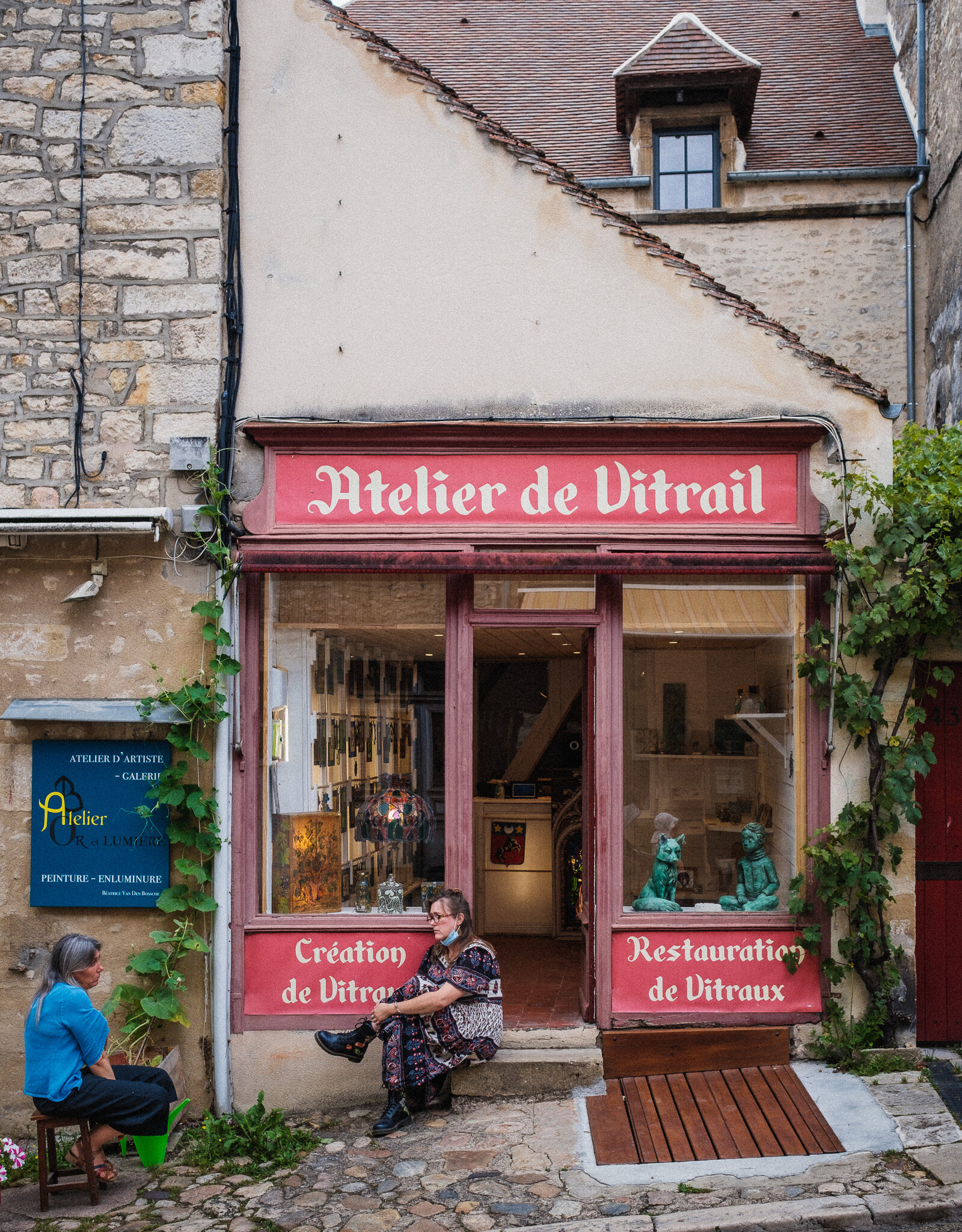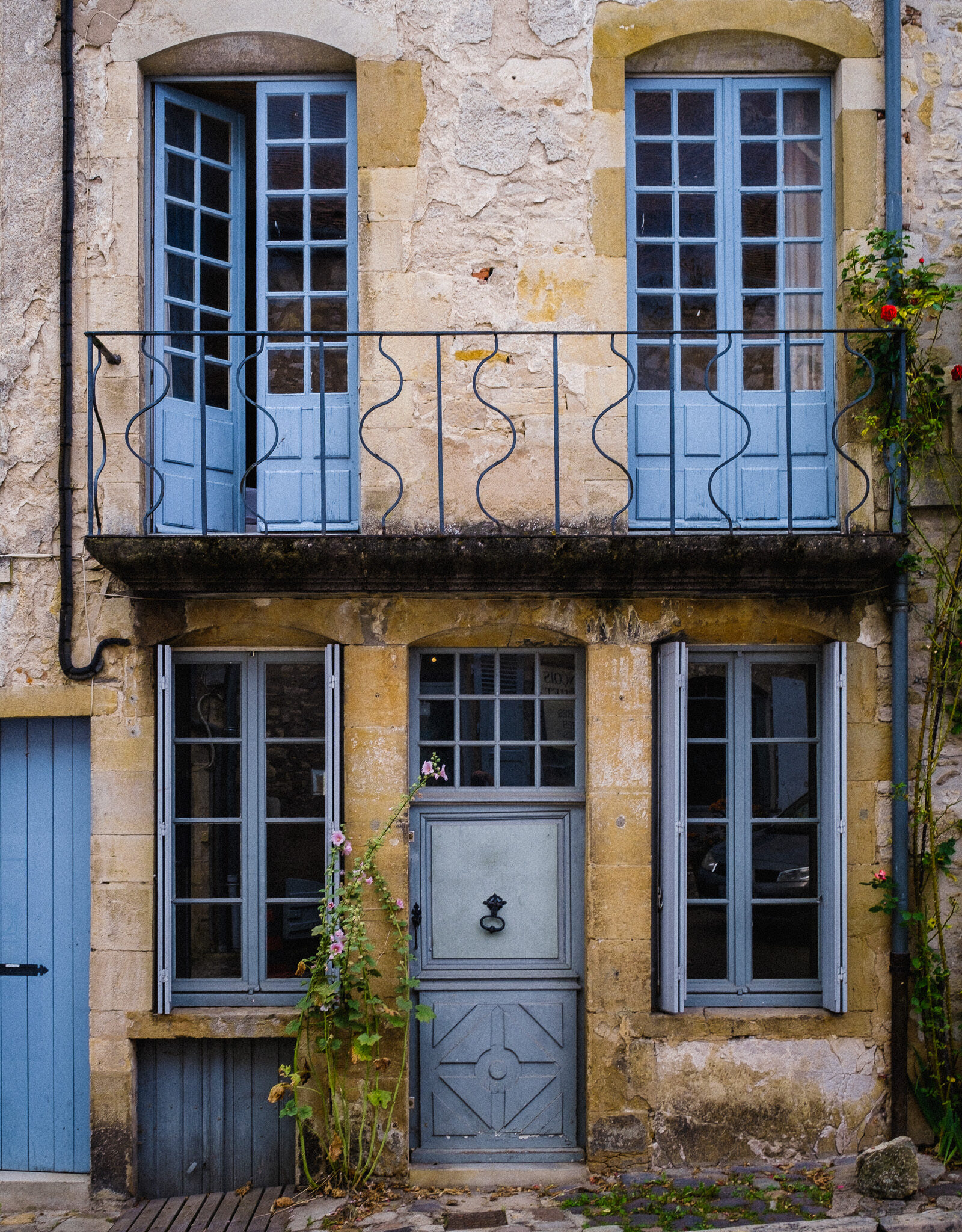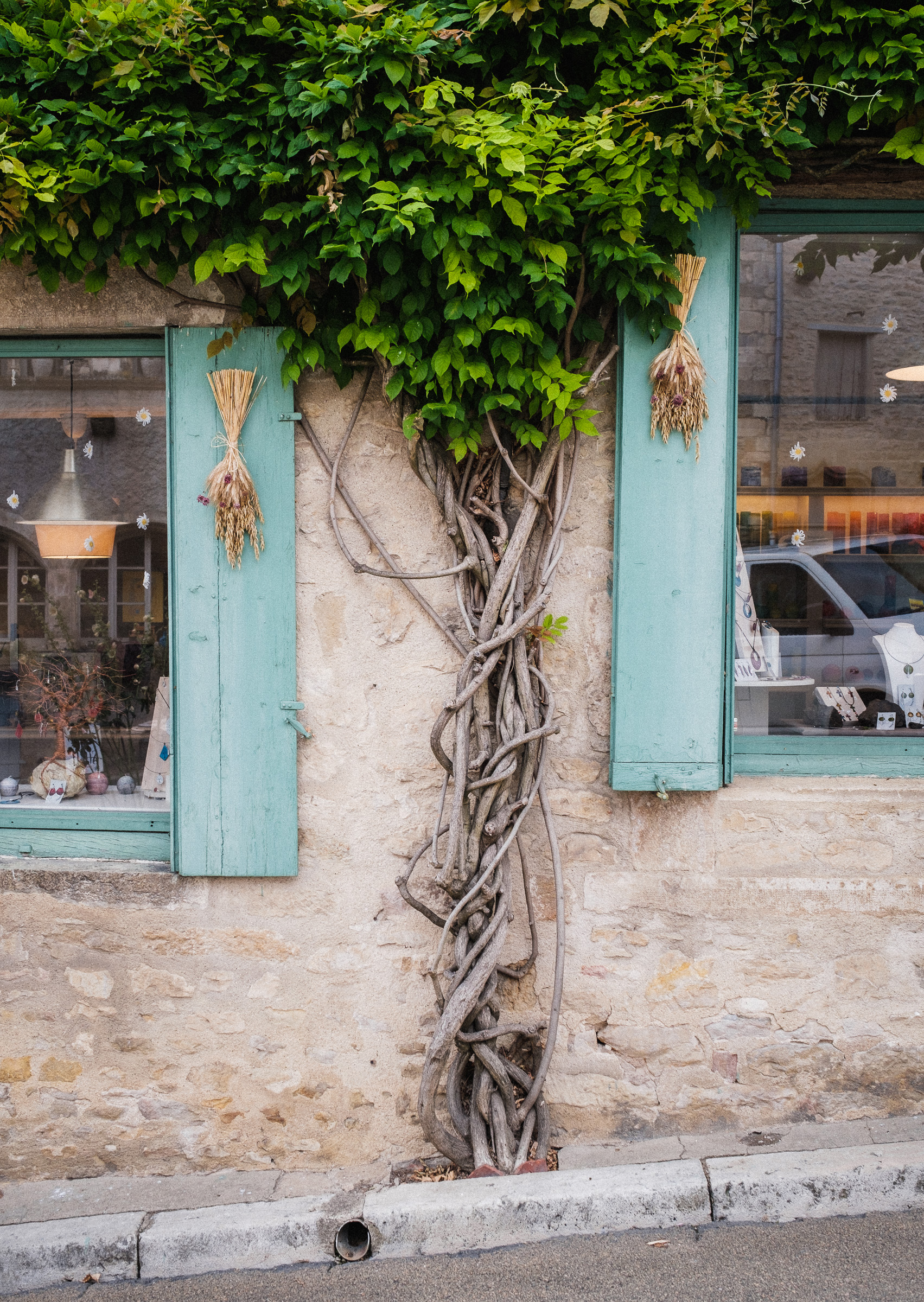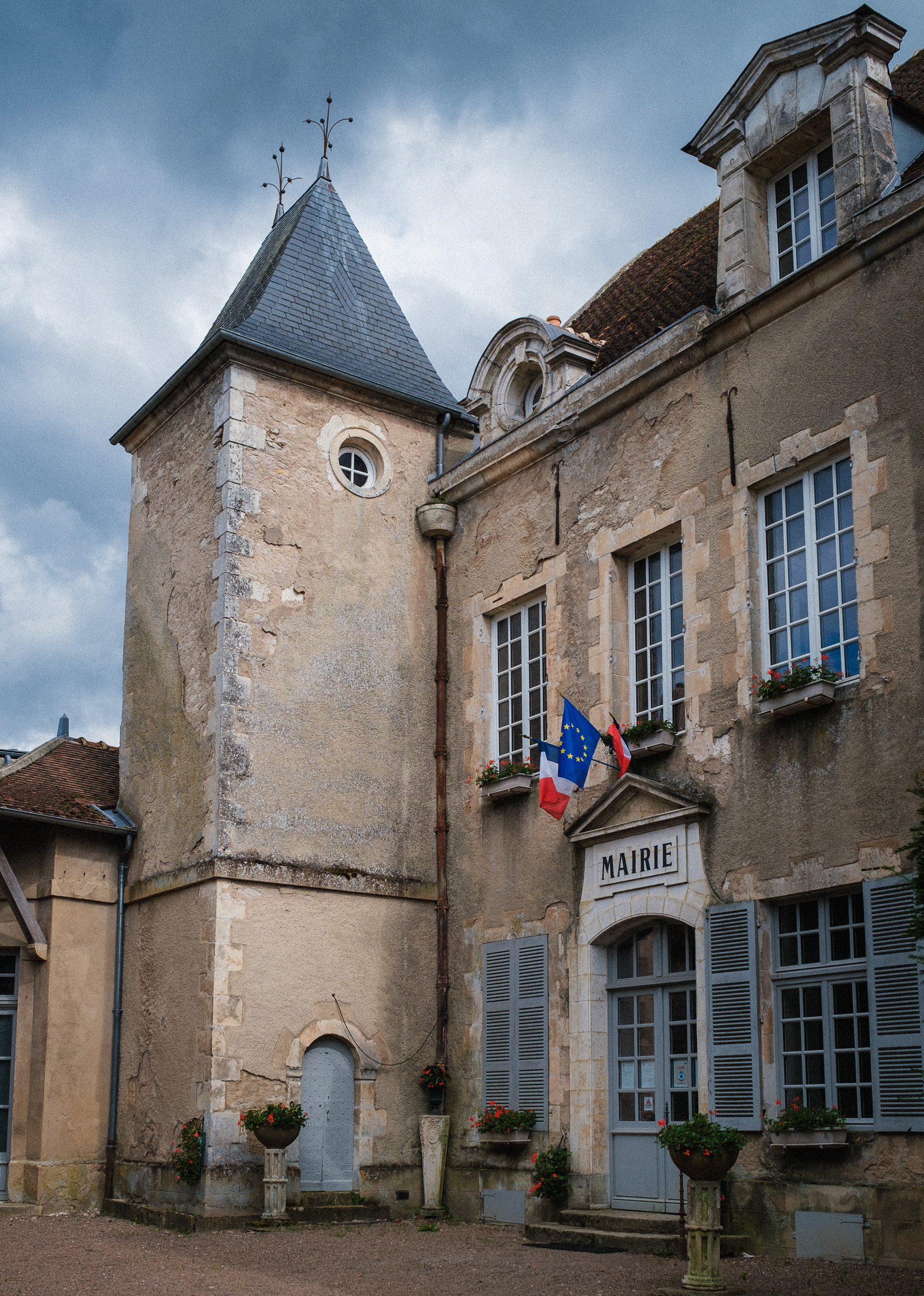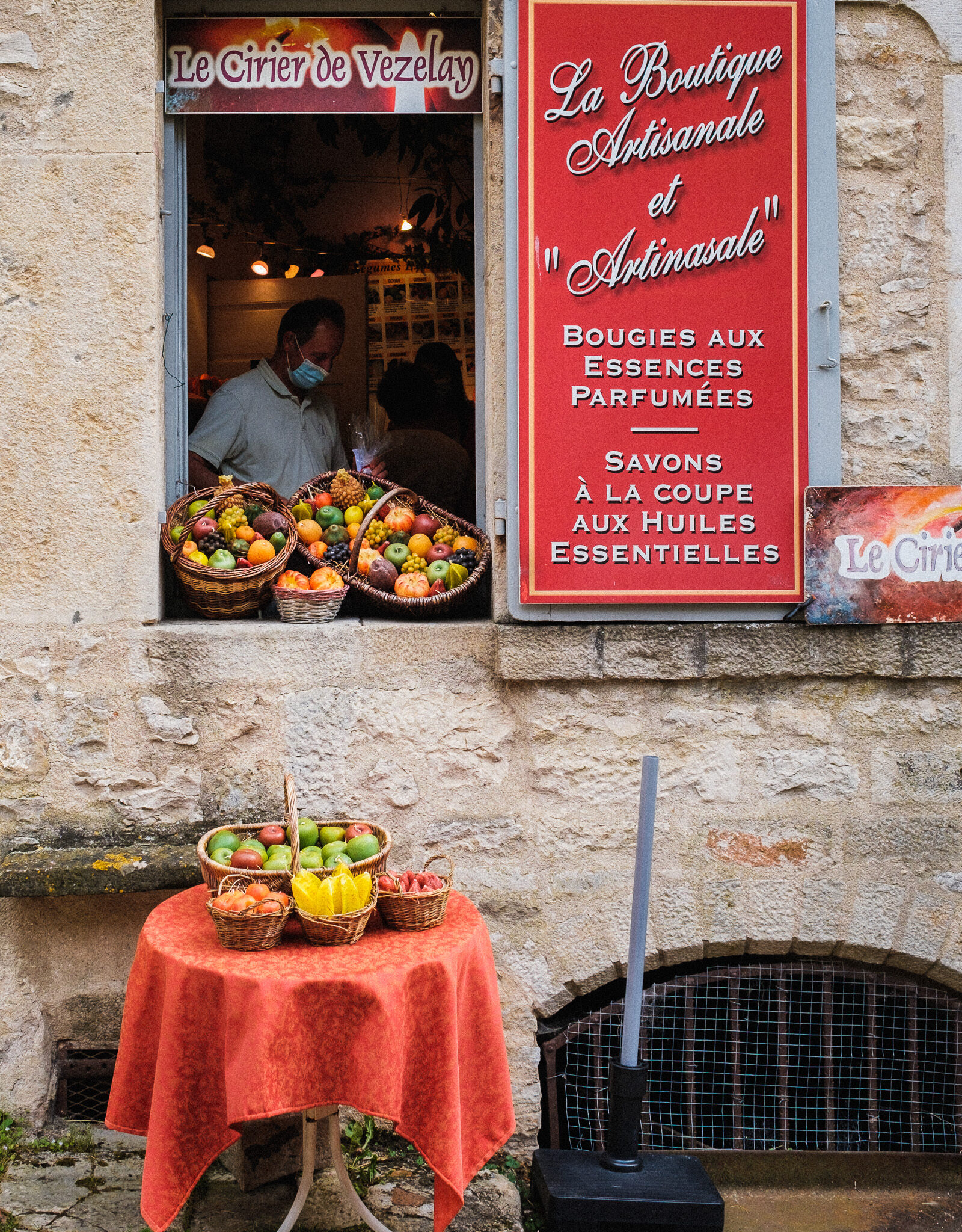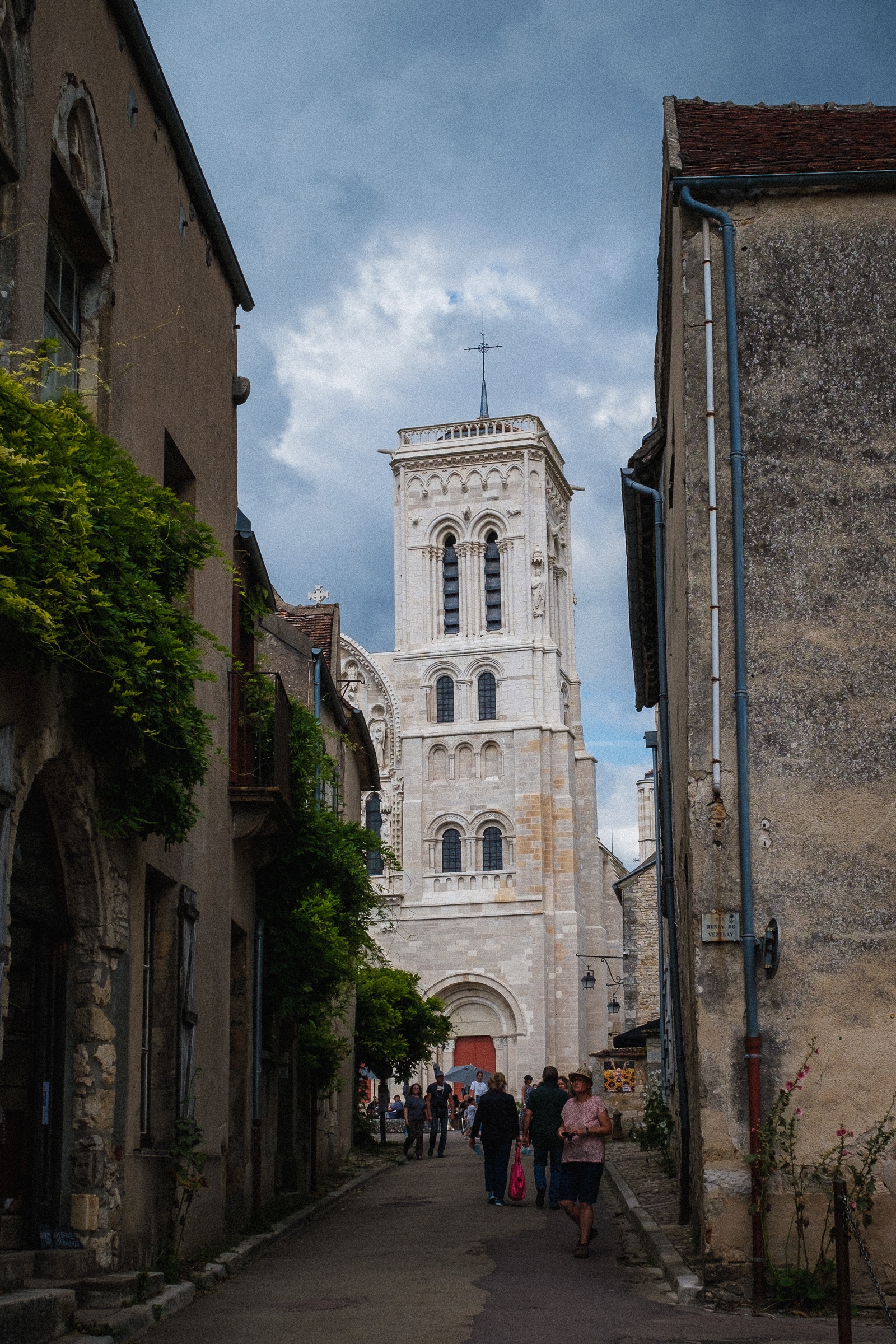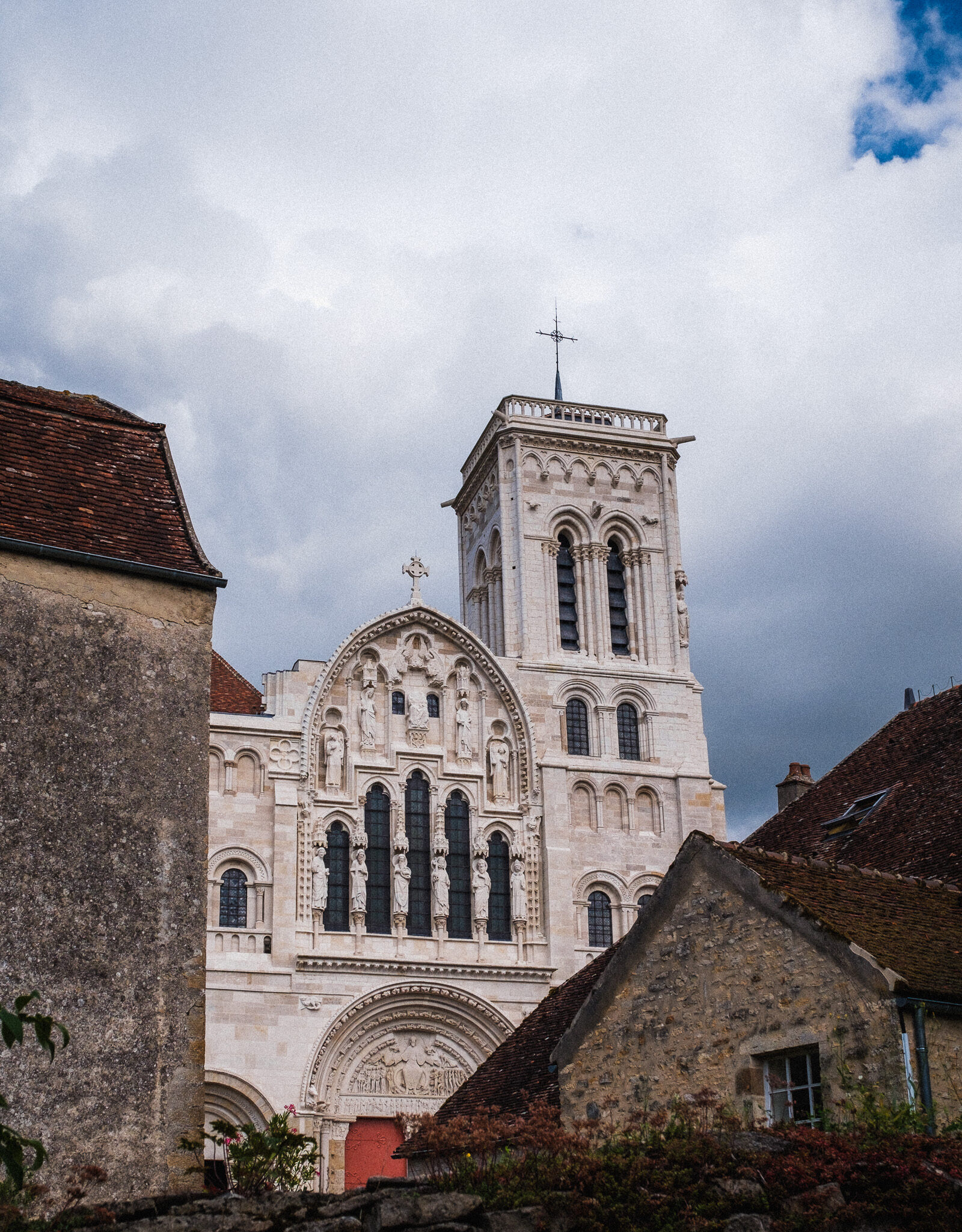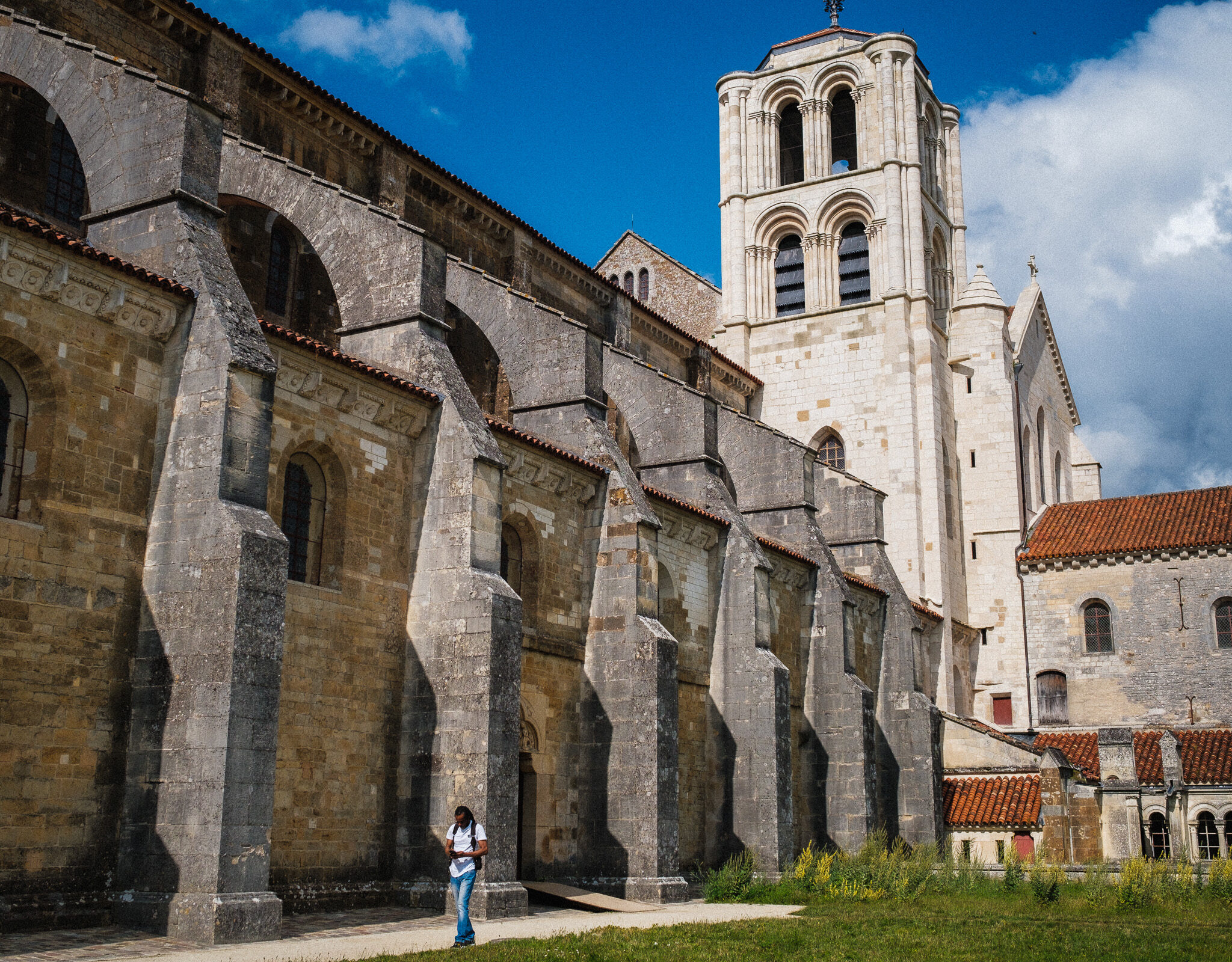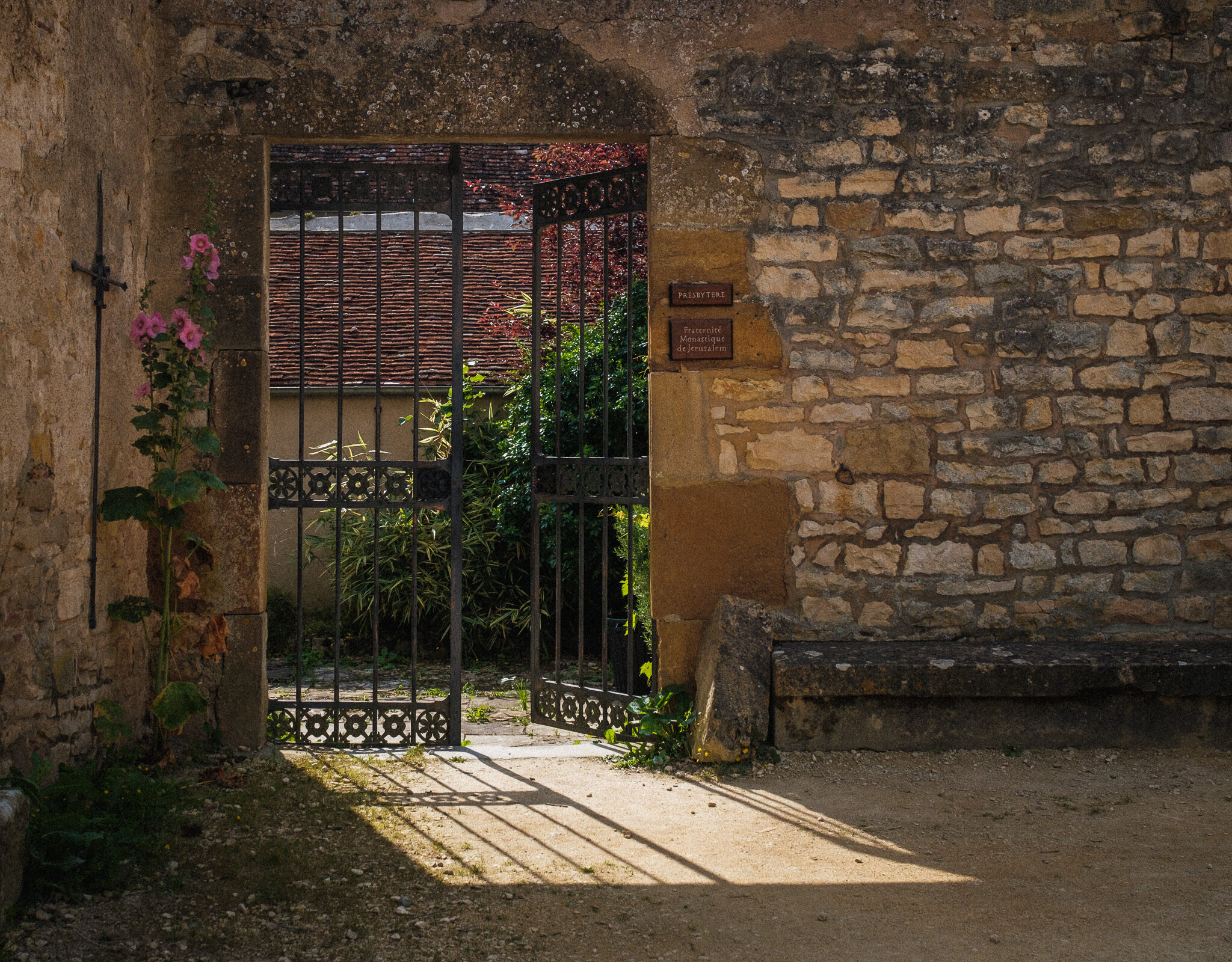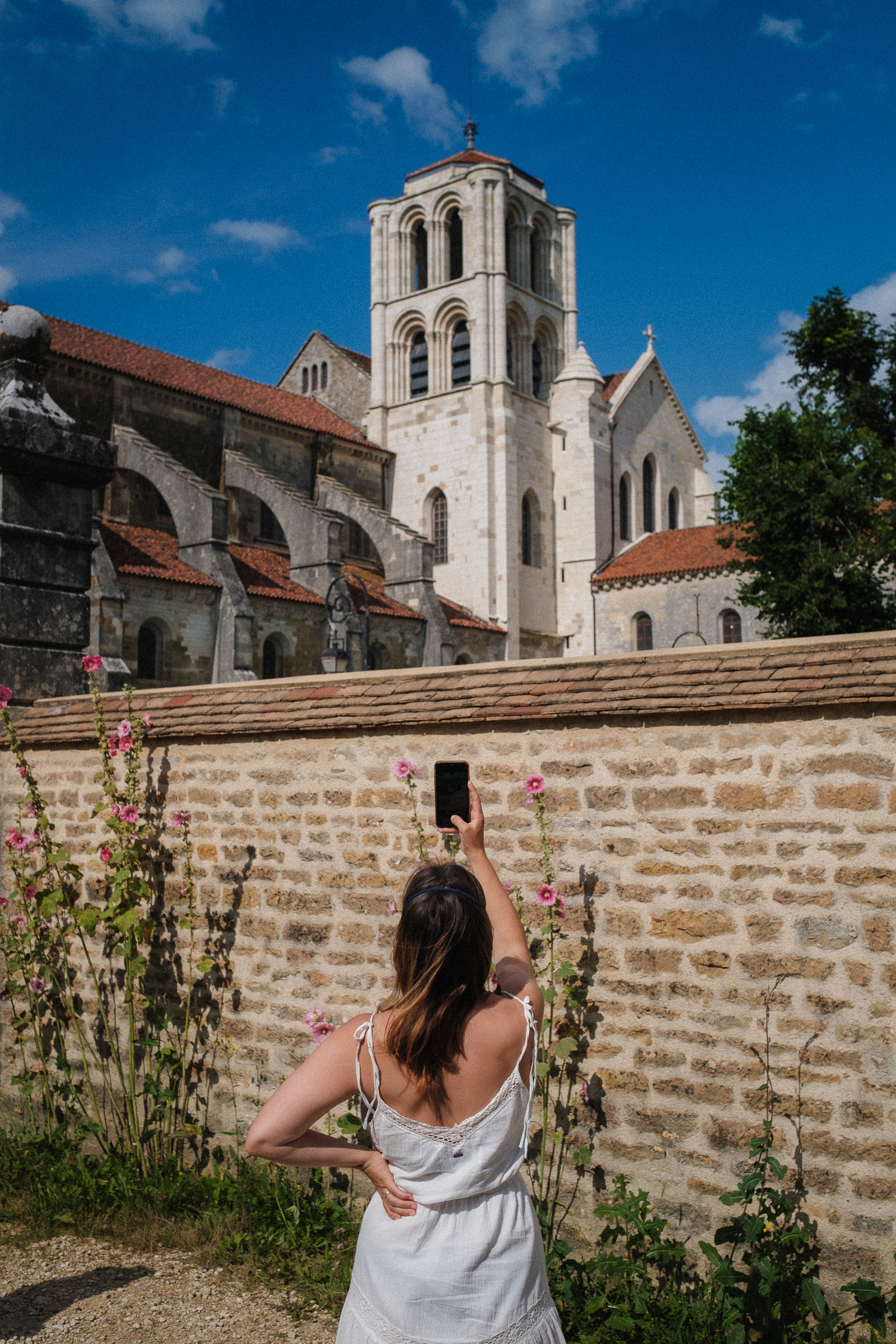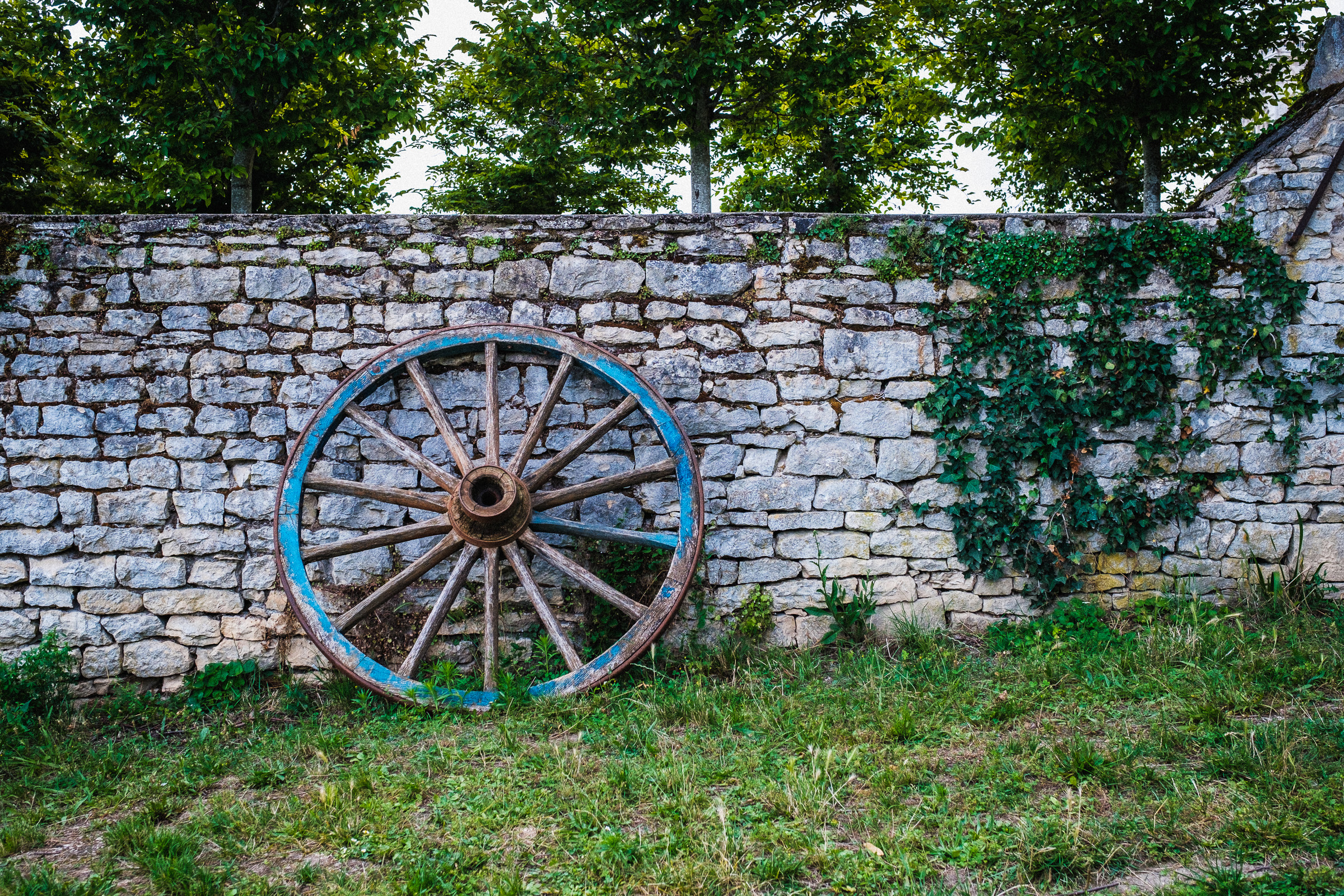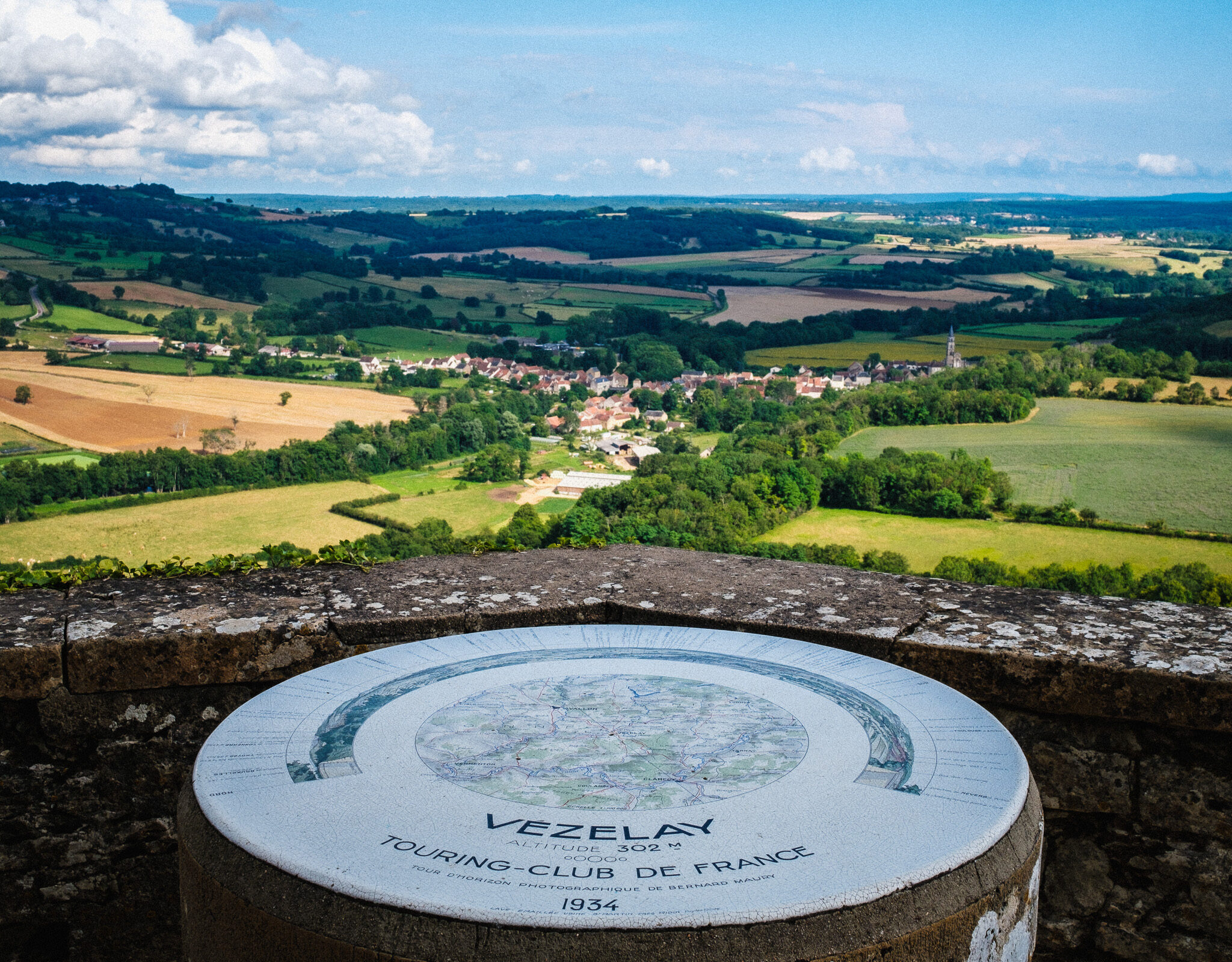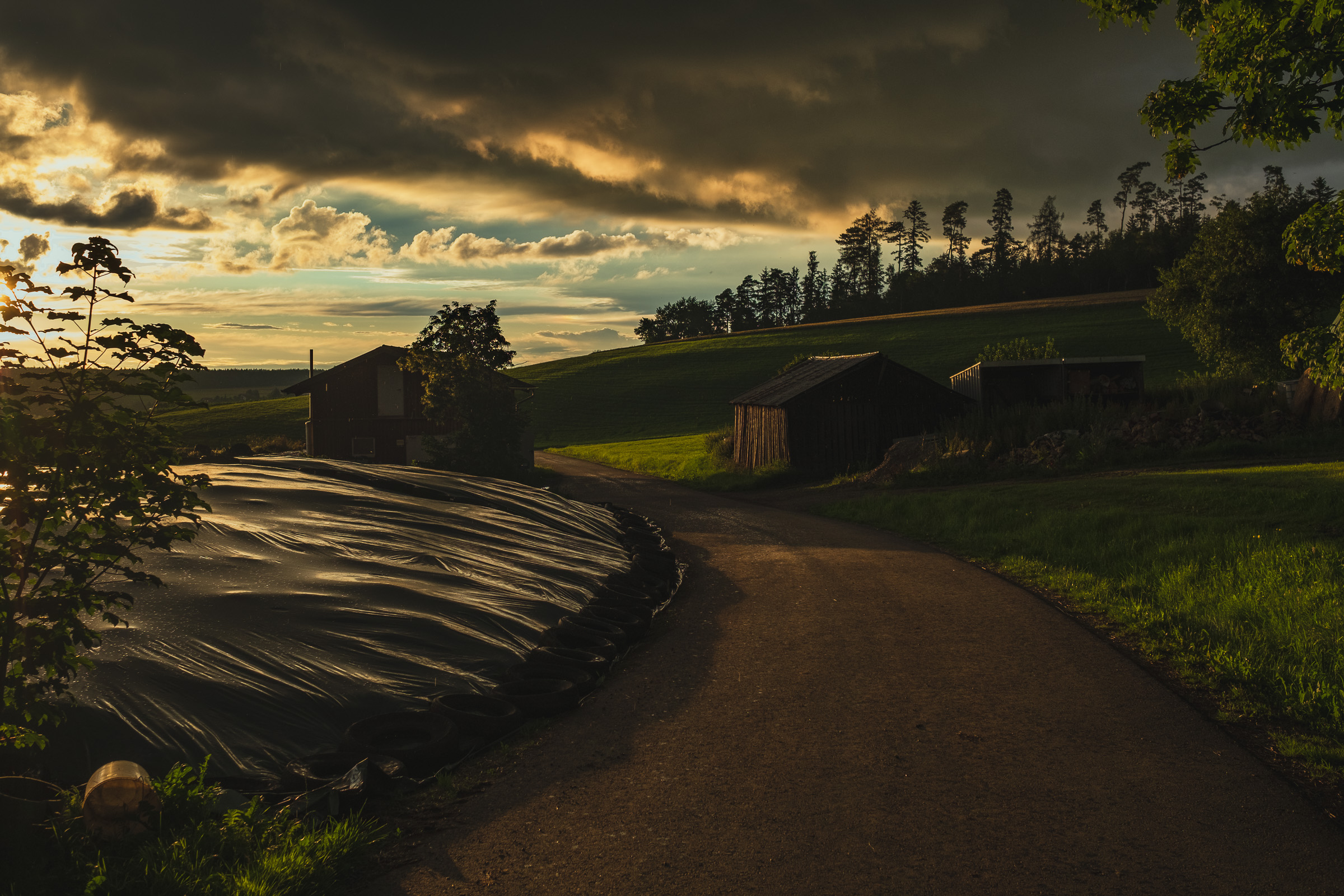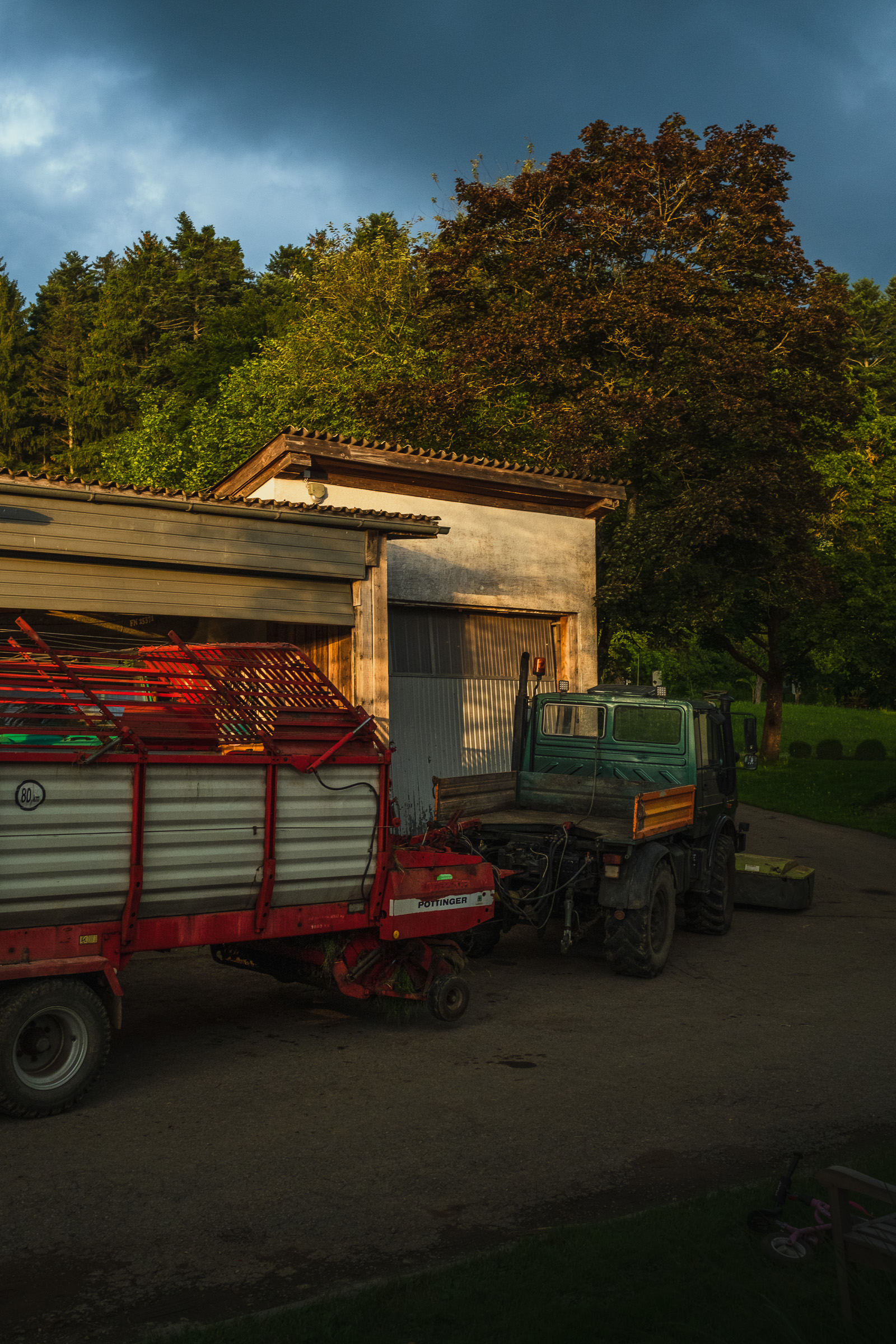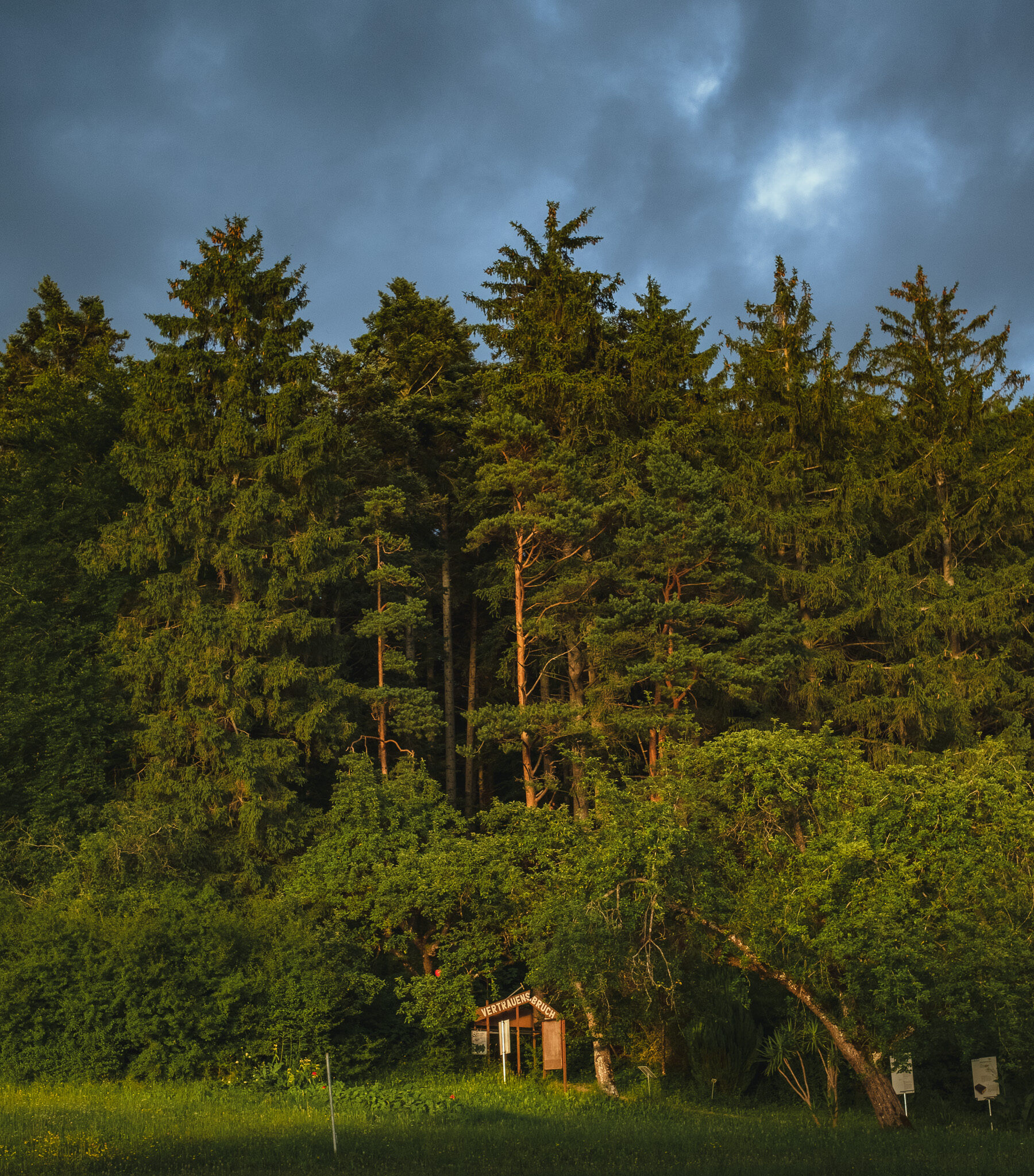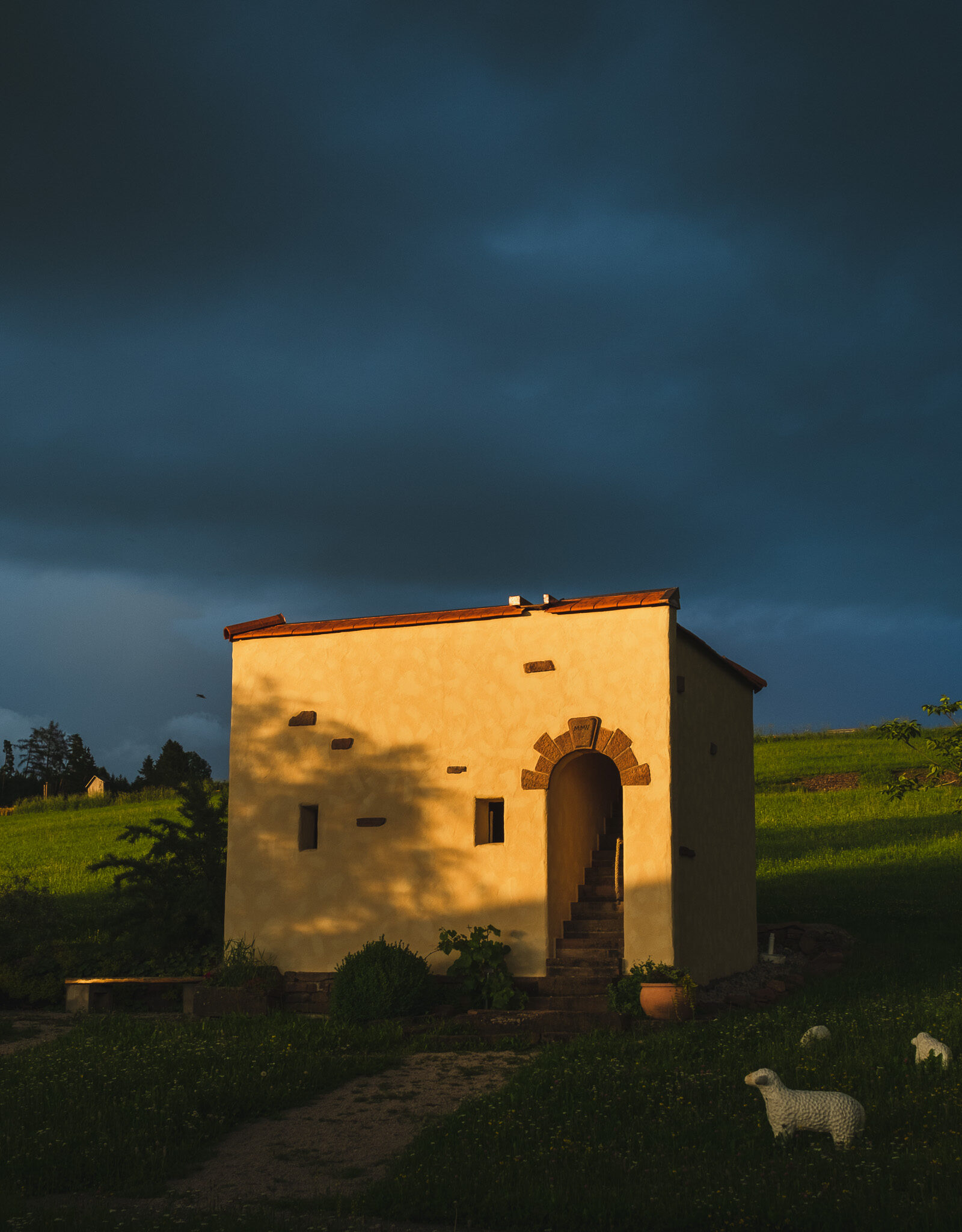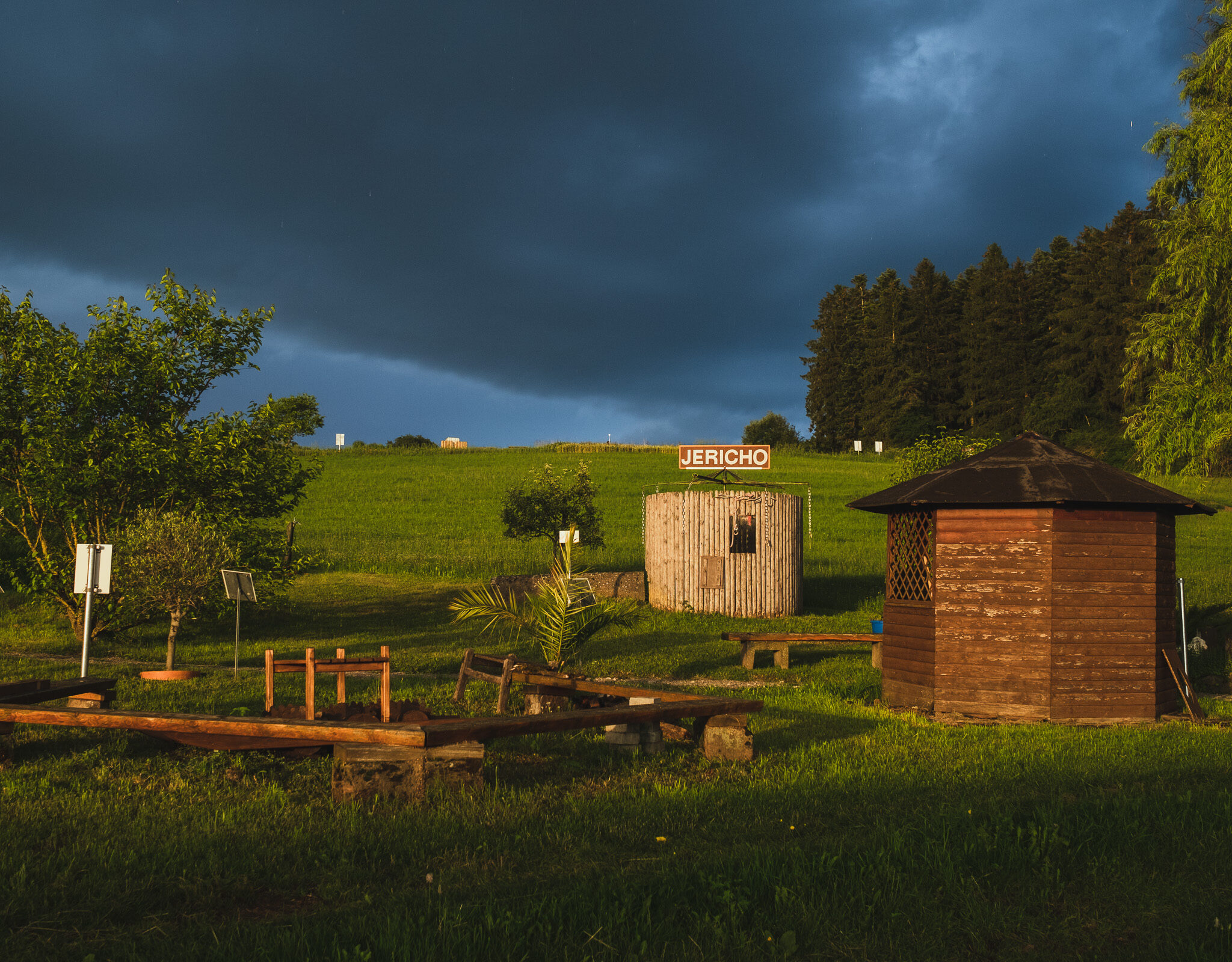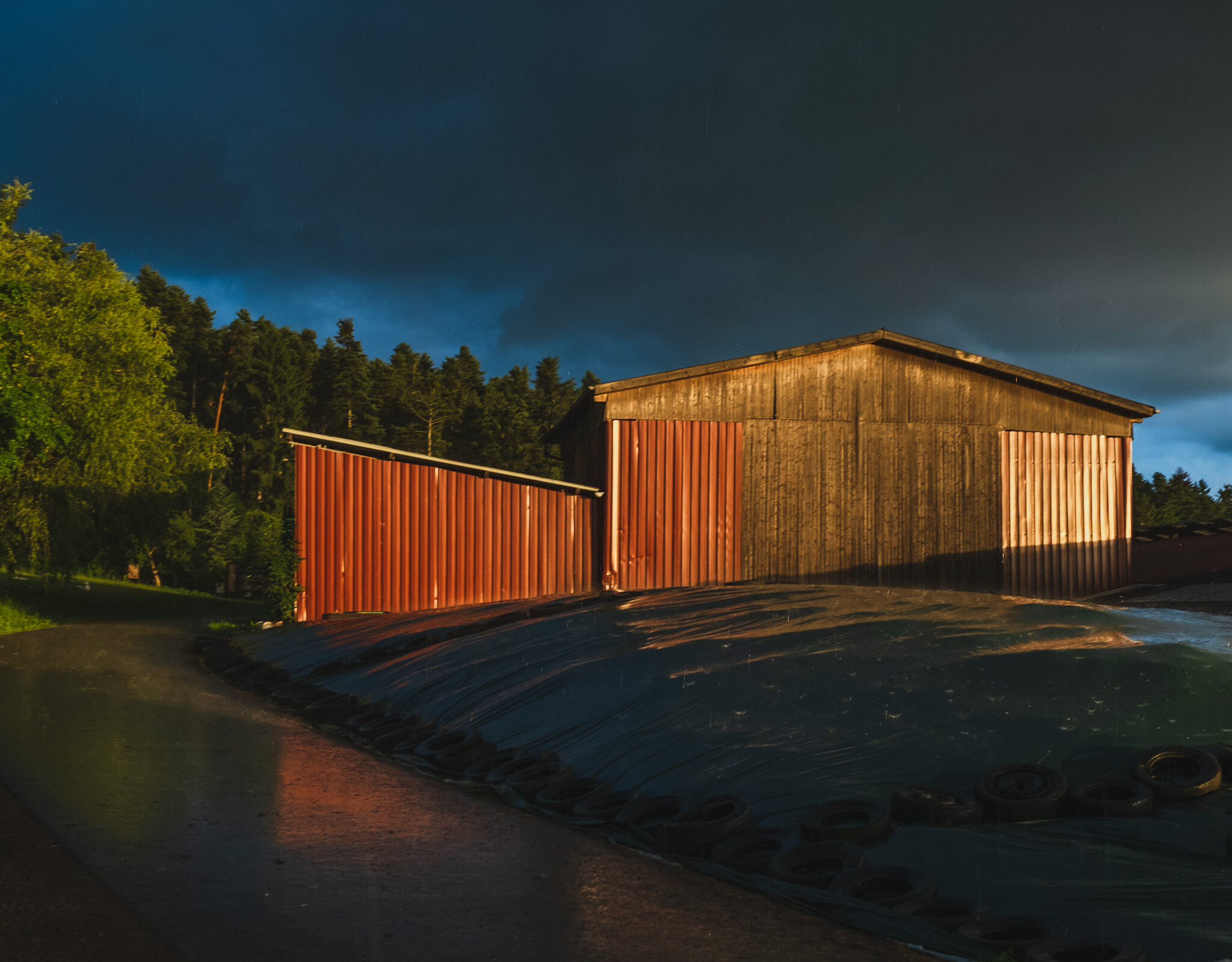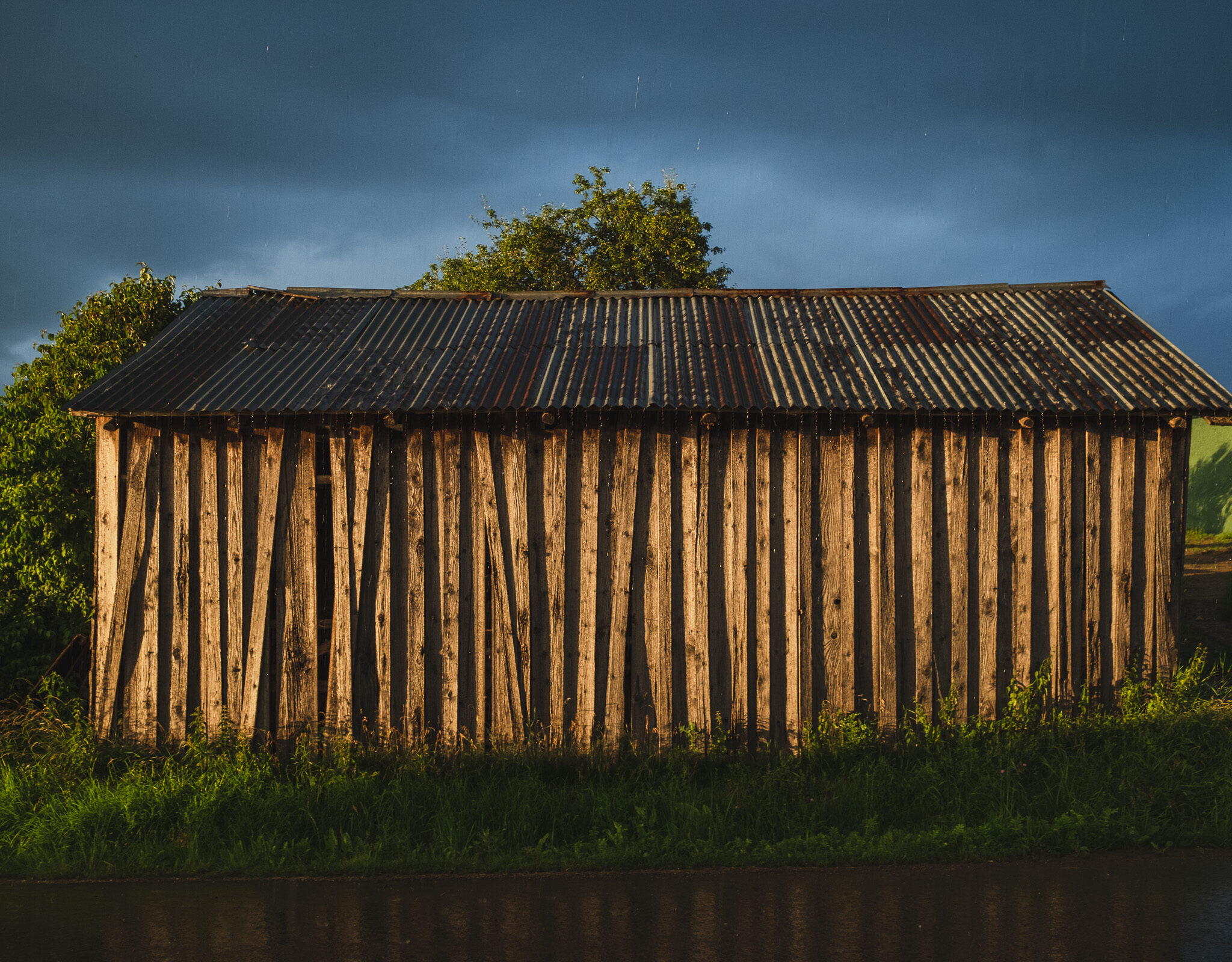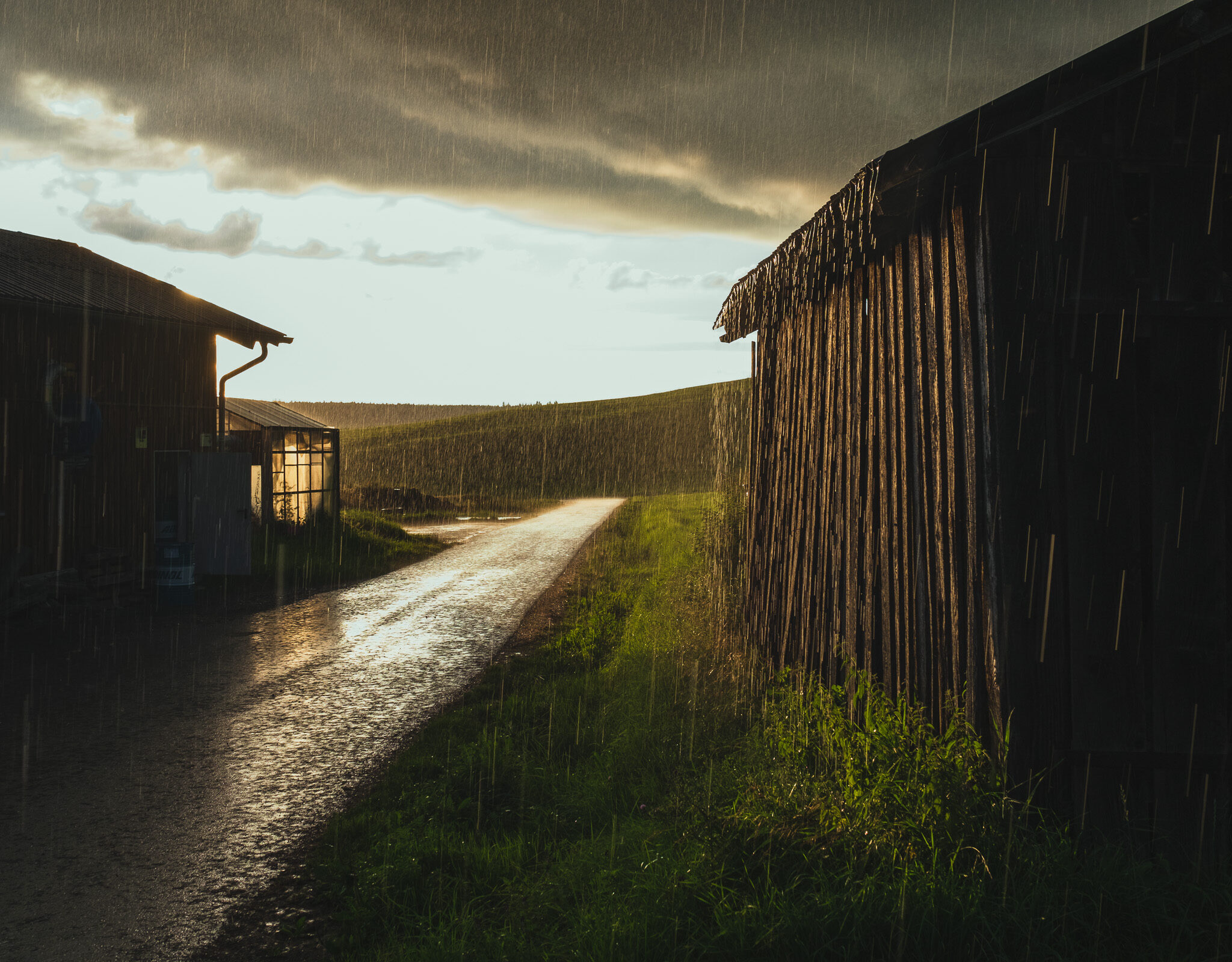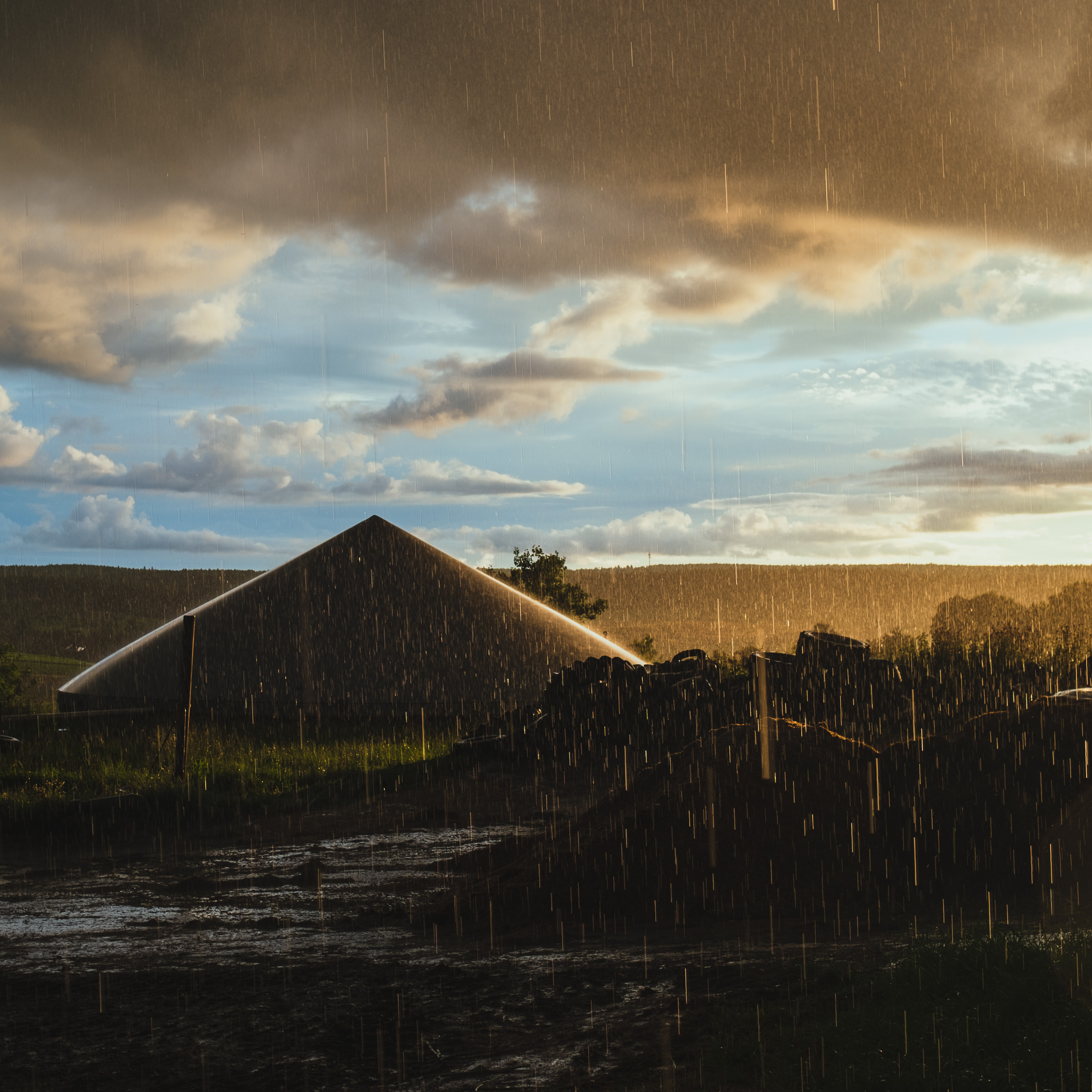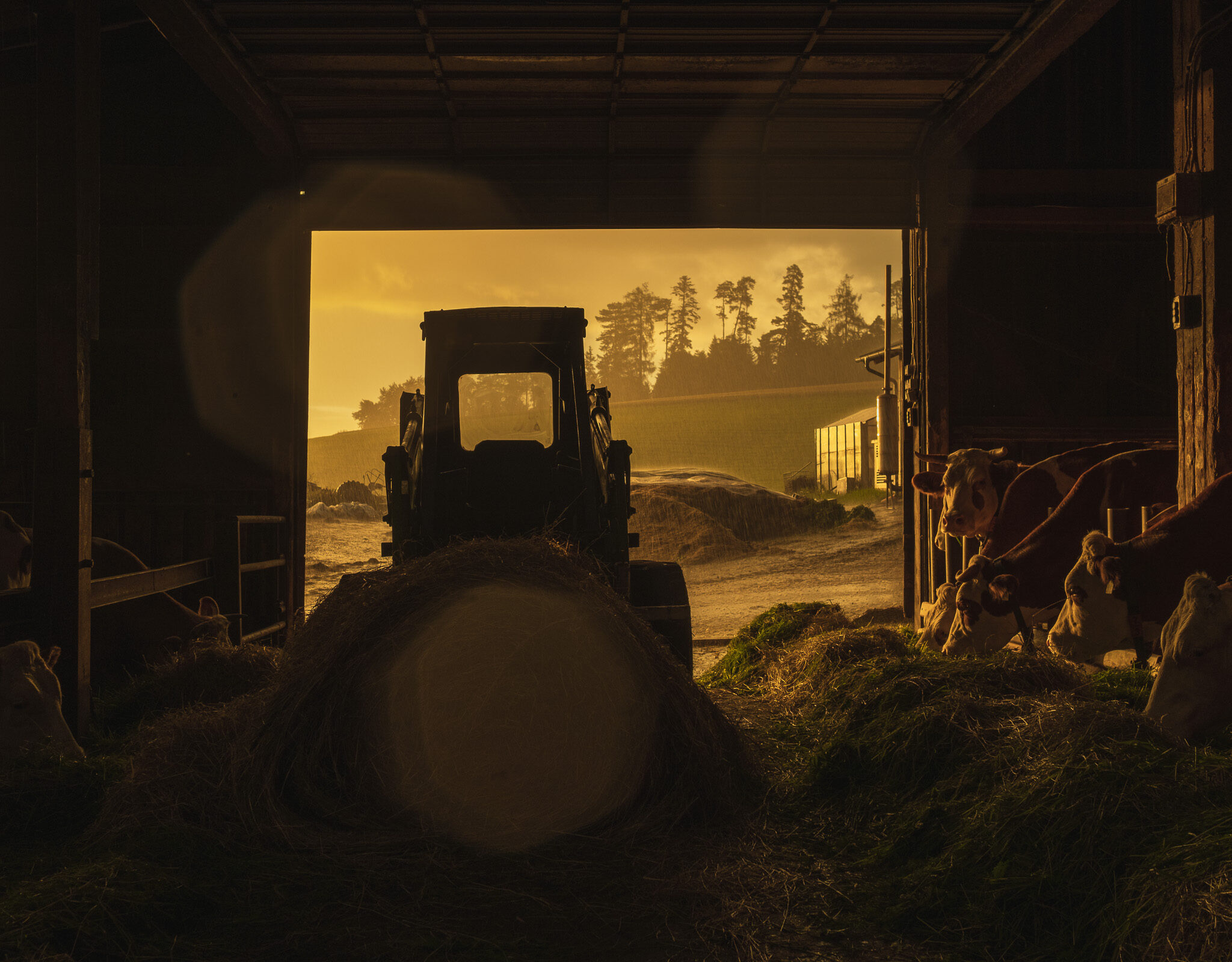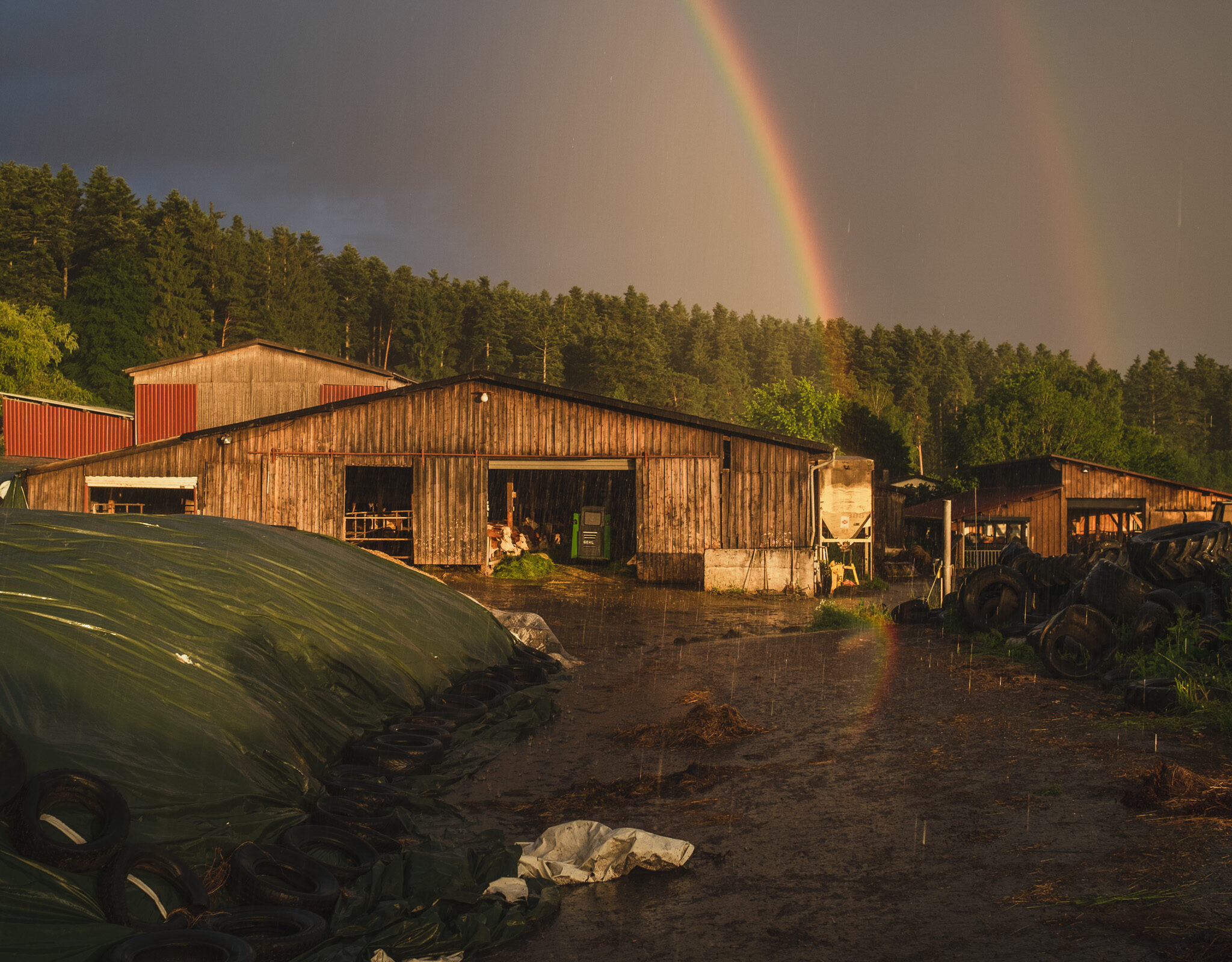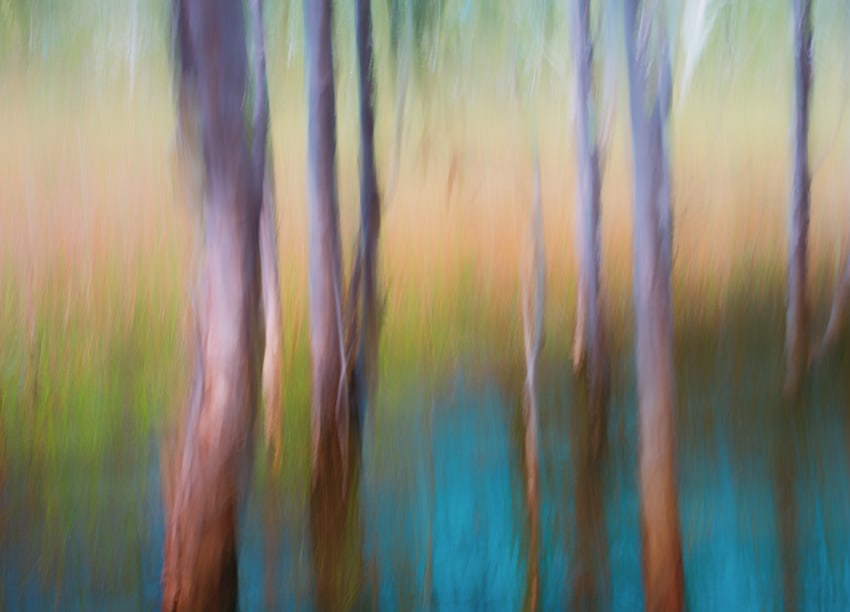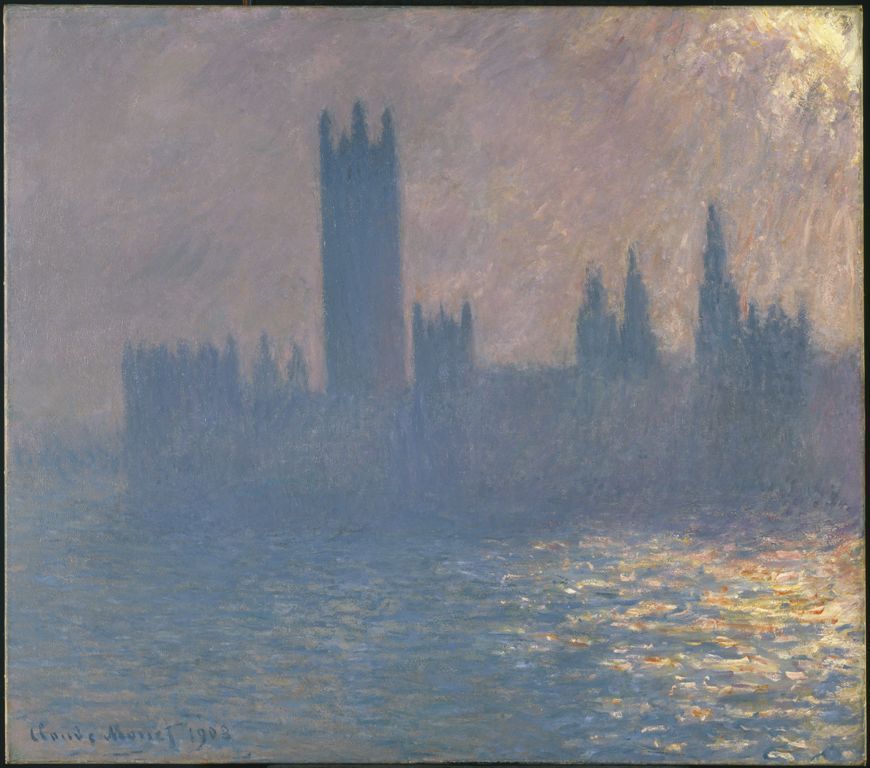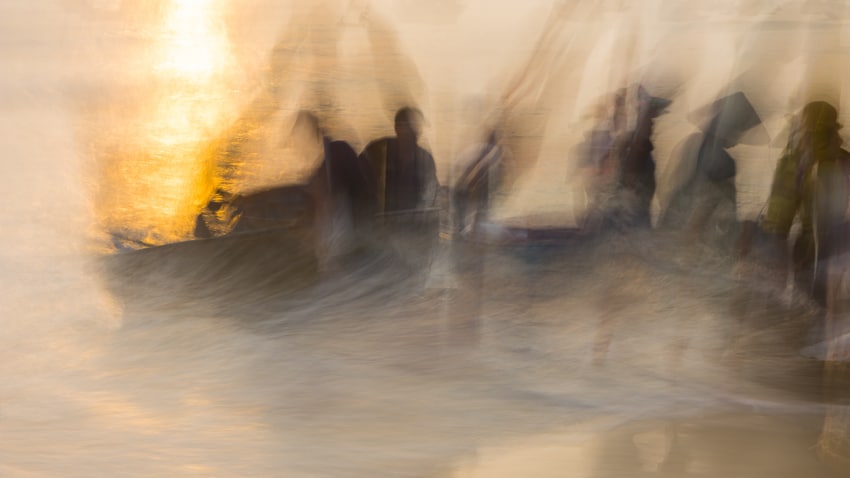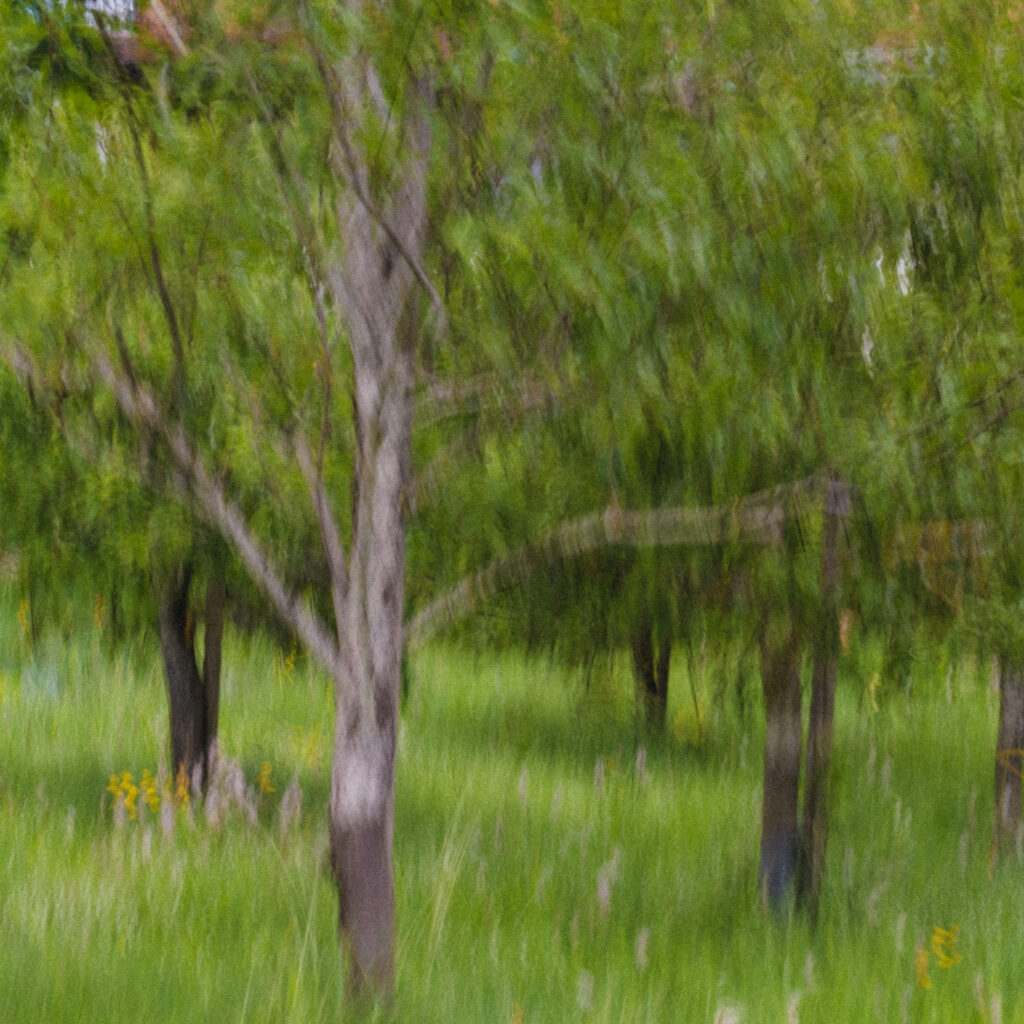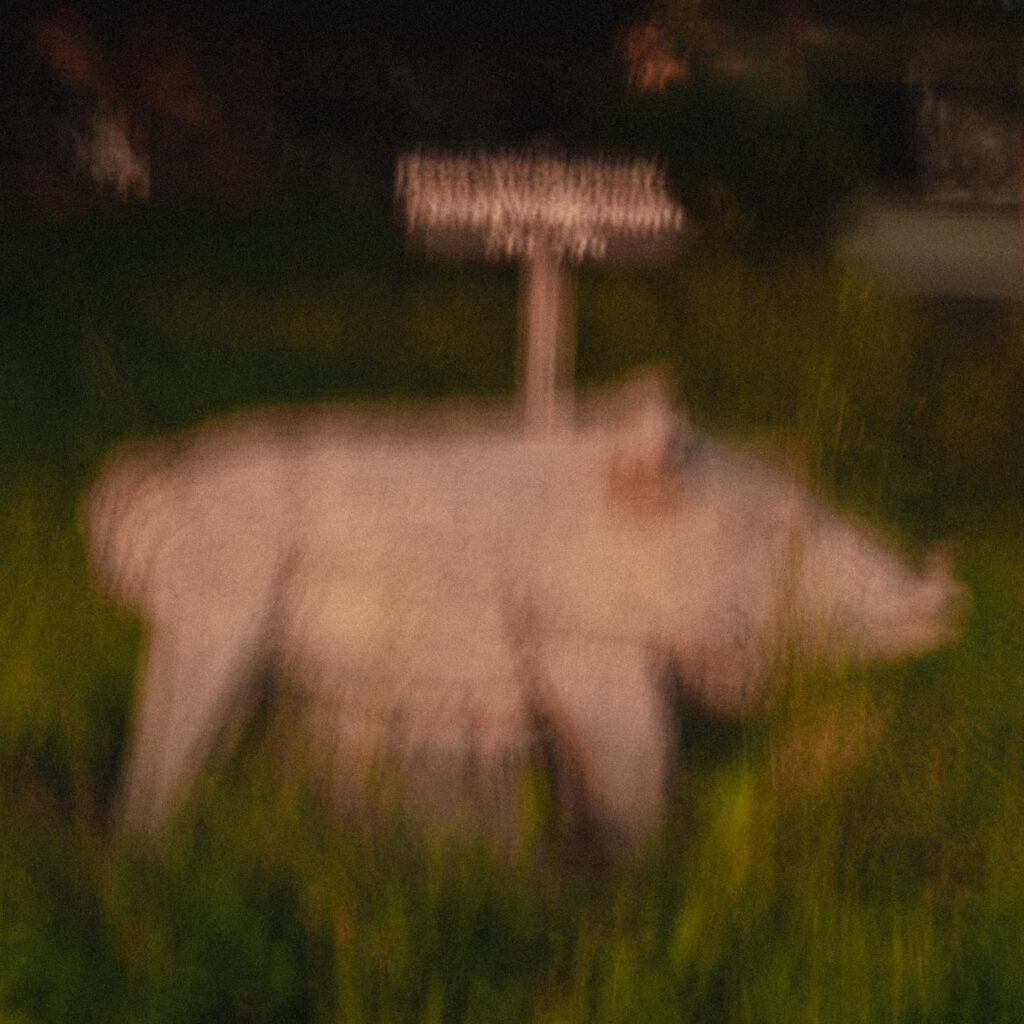We started our nomadic journey in the Blackforest in Germany and moved from there to the middle of France, to a nice little village in Burgundy. The region wasn’t on our map before, we just knew we wanted to spent sometime in rural France and pinned a point on the map which seemed to be within a reasonable distance to the location we were starting from.
After being trapped inside our shadowy three bedroom apartment in Hamburg for a year in the peak of the pandemic, we had enough of German cities. Driving trough the Vogeses and the blooming sunflower fields felt like a liberation from all the anxiety we had to endure and immediately lifted our spirits.
We arrived at our Gite (Eng.: Guesthouse) and immediately were enchanted. The Gite used to be the Atelier of the Parisian artist Isabelle de Voldere and therefore burst with light and wonderful artwork. The most striking highlight of the Gite however, was the view inside the wonderful garden, which really was more a park than a garden.
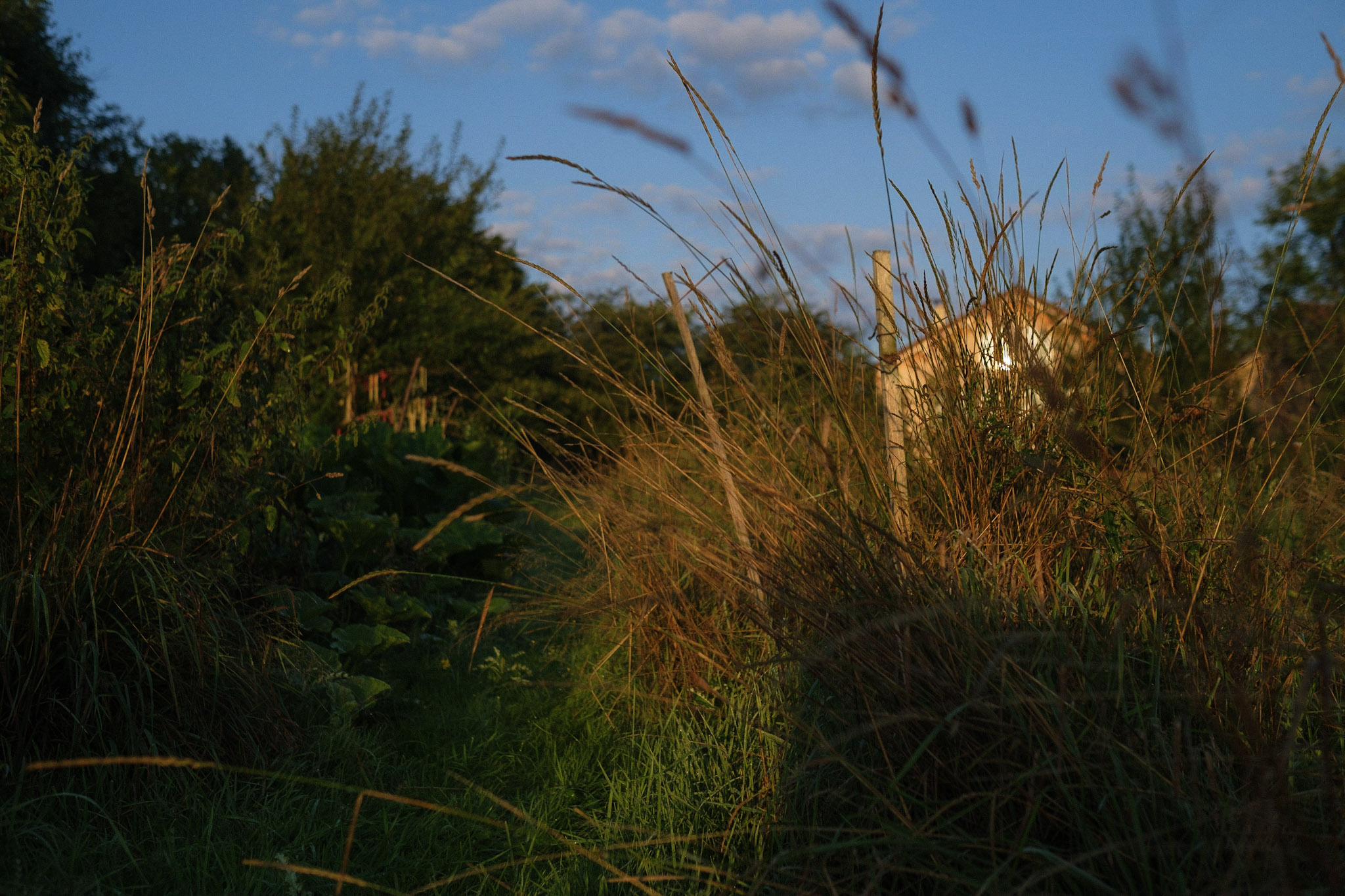
It was not uncommon for French artists back in the days (at least for those who were lucky enough to get recognised for their work during their lifetime and could afford it) to have park-like gardens they would just walk and be idle in. Claude Monets garden in Giverny for example, still exists today and is open for visitors.
Isabelles garden gave me this vibe too. Here’s what made this garden so exceptional.
Visual Harmony
The wild garden didn’t stand out because of many exquisite flowers or dramatic landscaping. In fact it was merely a collection of wild flowers, grasses and trees. Once in a while Isabelle, the owner, would take her small ride-on lawn mower and create some paths, that formed a labyrinth-like pathing, which invites to get lost in there. The paths felt random and made you want to choose a new way every time. The natural flow was so meditative that you just wanted to walk let your thoughts wander.
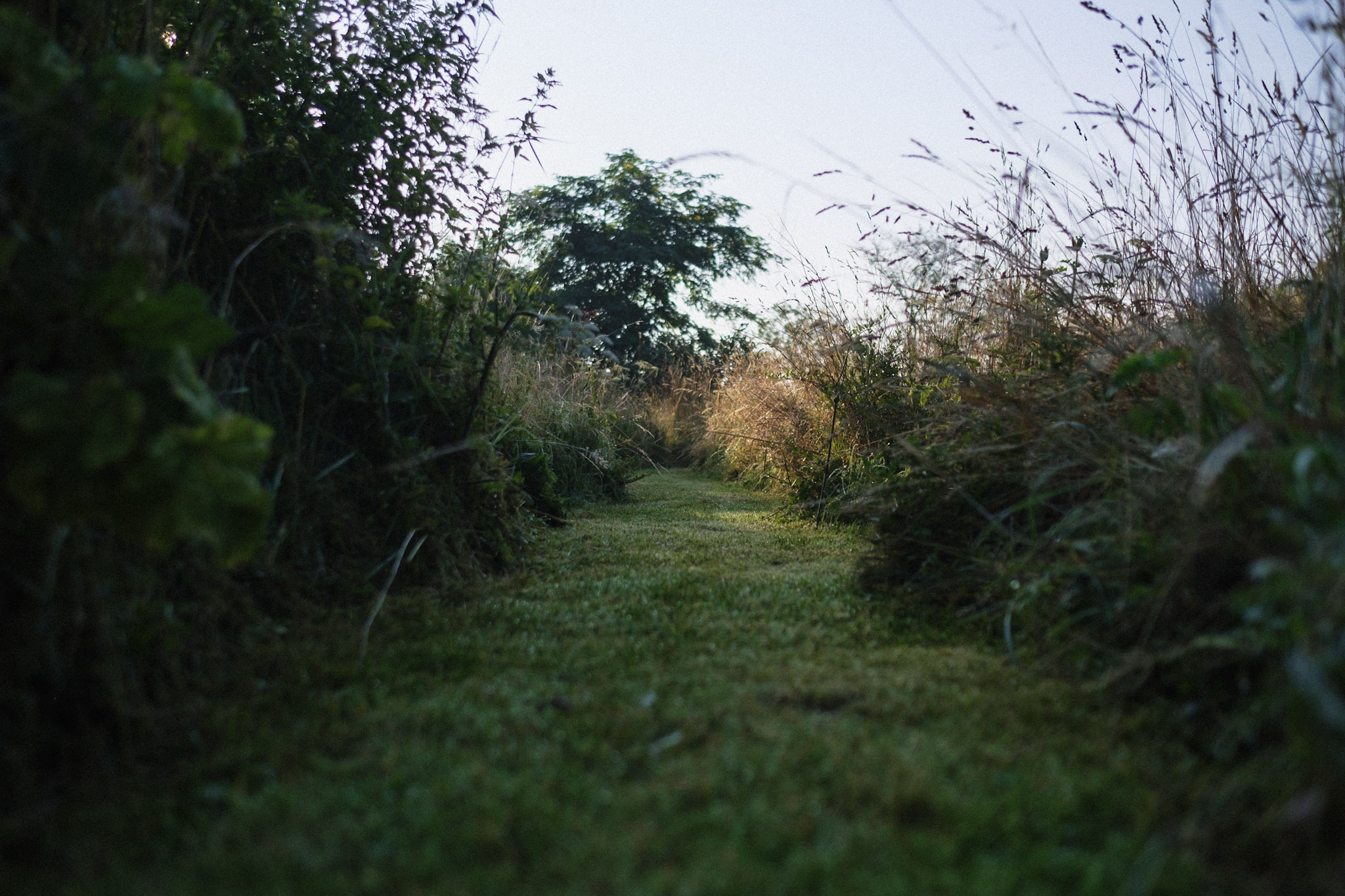

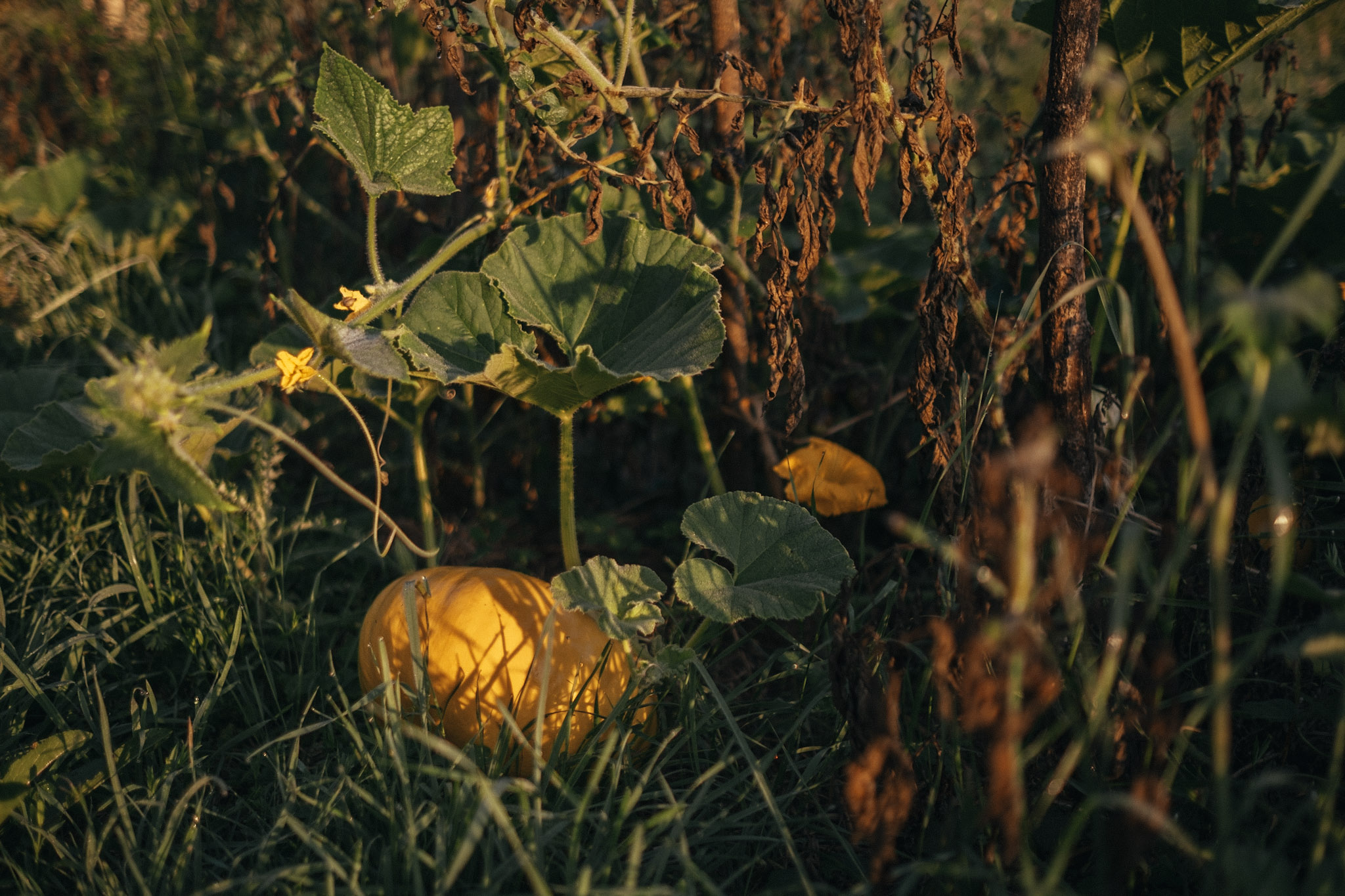
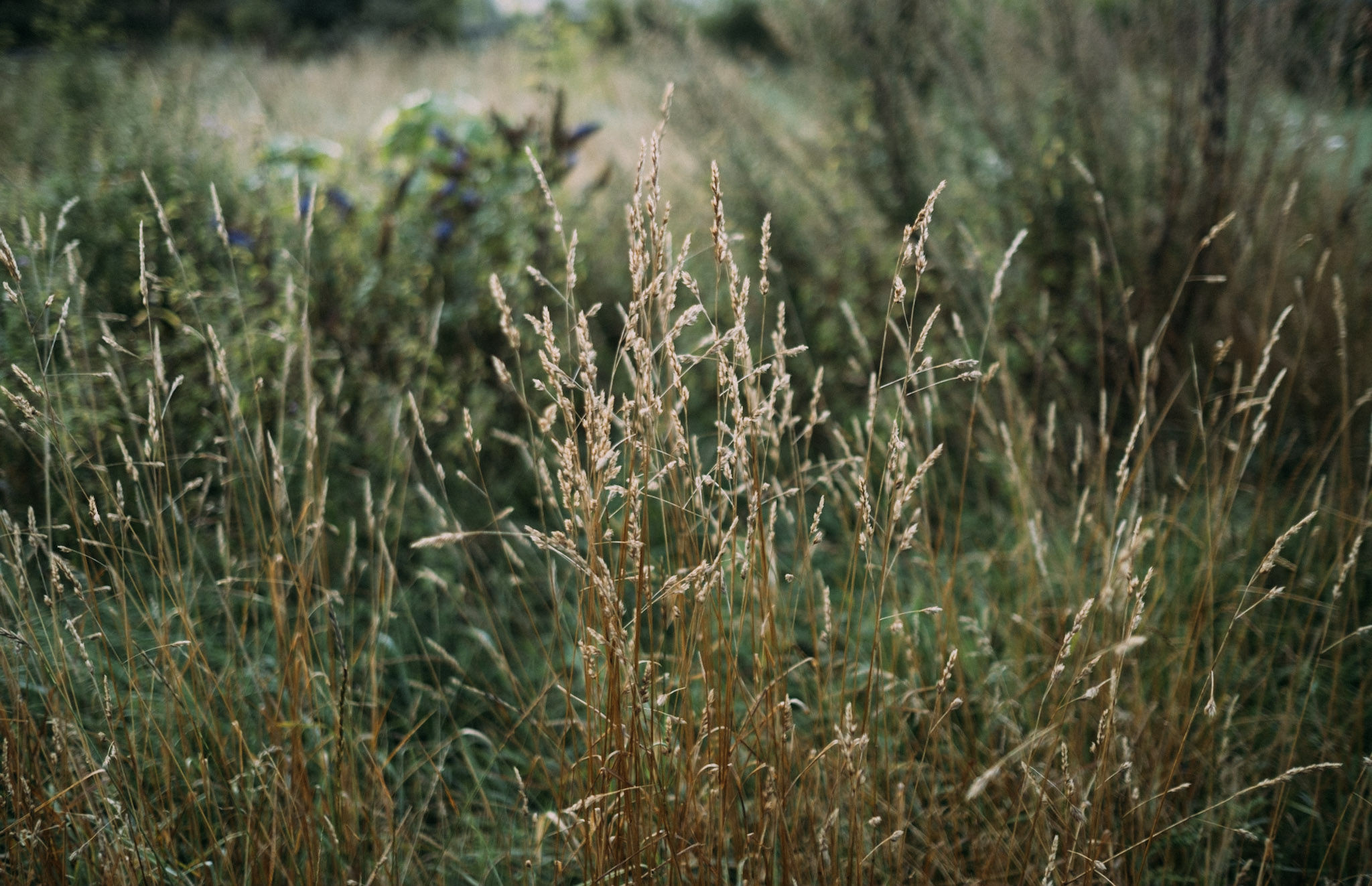
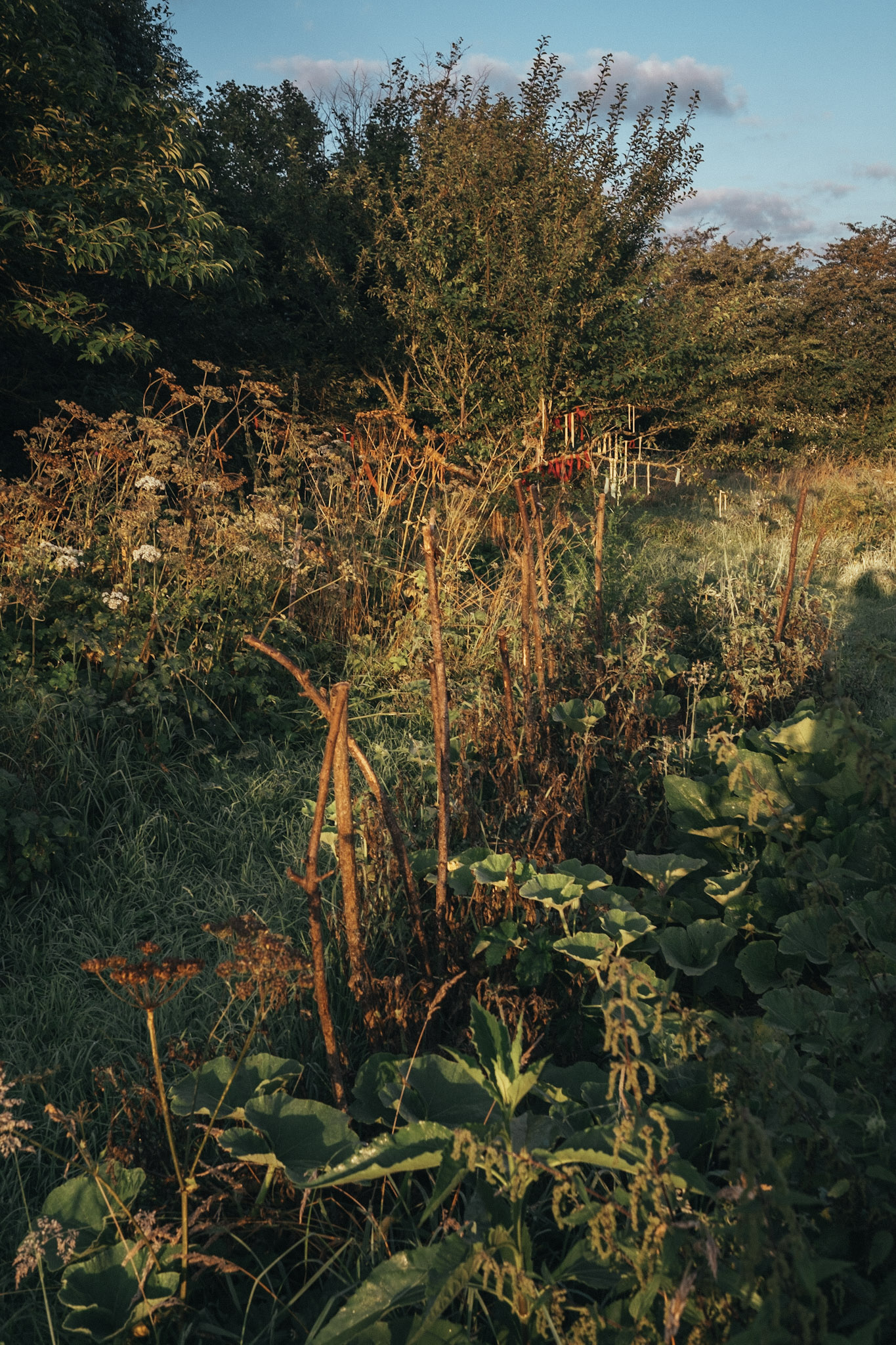
Along the way you would find some cute, also randomly placed, vegetable patches with zucchini, pumpkins and tomatoes. And occasionally some composting spots, which perfectly fitted into the overall feel of the garden.
Some spots were left a bit more spacious and offered views upon the beautiful installations the artist had build. My favorite was the small greek-like theater, inviting you to sit at night and admire the night sky, make music or engage in philosophical debates. Other highlights were the small bassin with fish and sea roses or the nature inspired wedding chapel.
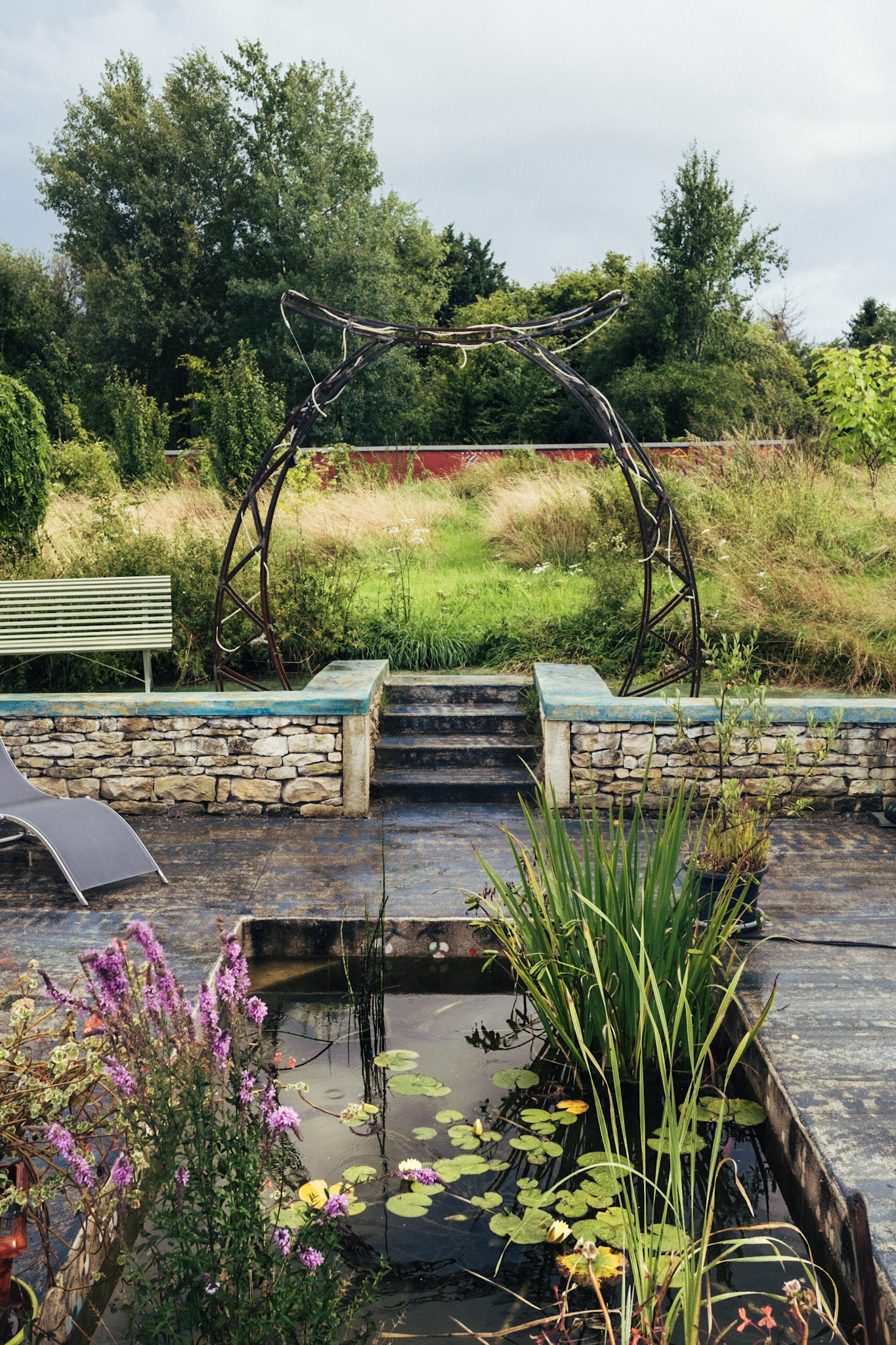

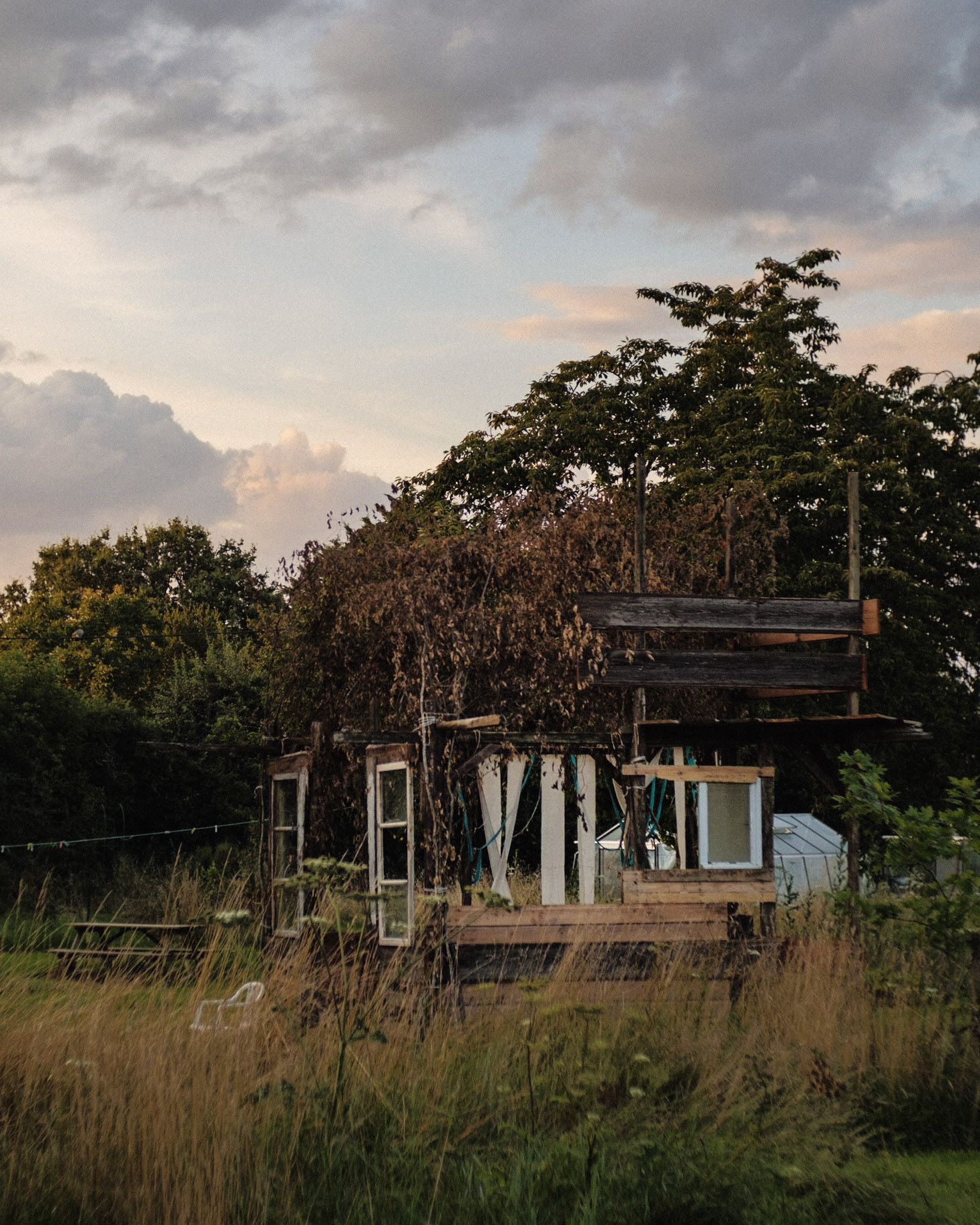

But even without the installations the garden was a piece of art in itself you can spent endless time in and nurturing your creative spirits.
The Sound of Nature
Walking the paths you will start to listen to nature. Due to the amount of grasses and plants left untouched, there were a lot of insects and animals present. You will hear to occasional owl or swallow. You will hear a lot of crickets chirp. And the wind moving the leaves.
Somewhere in the garden is a small basin with a water fountain. The dabbling water and the wind chimes add another layer of audio design to this pleacefull place.

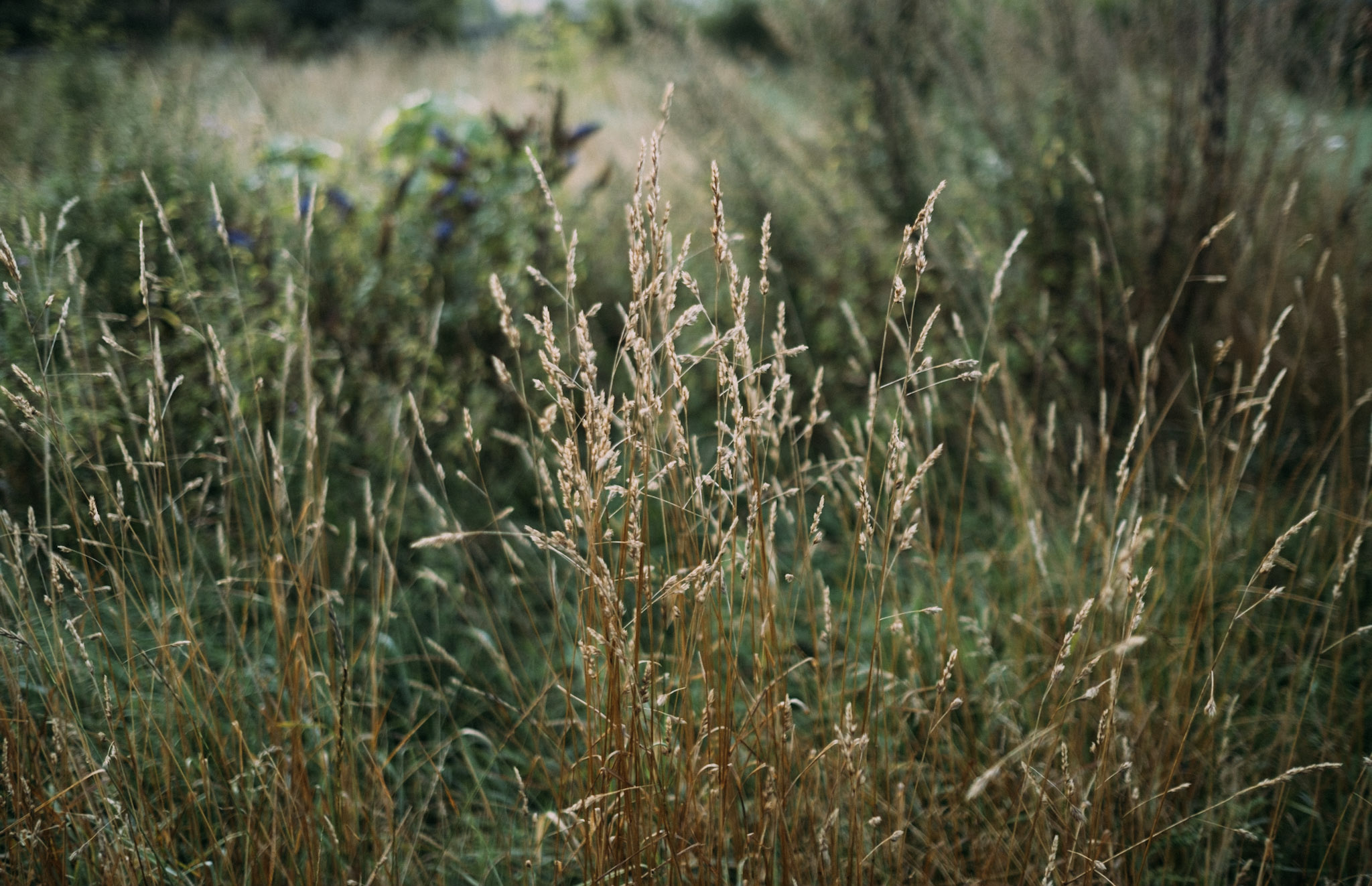
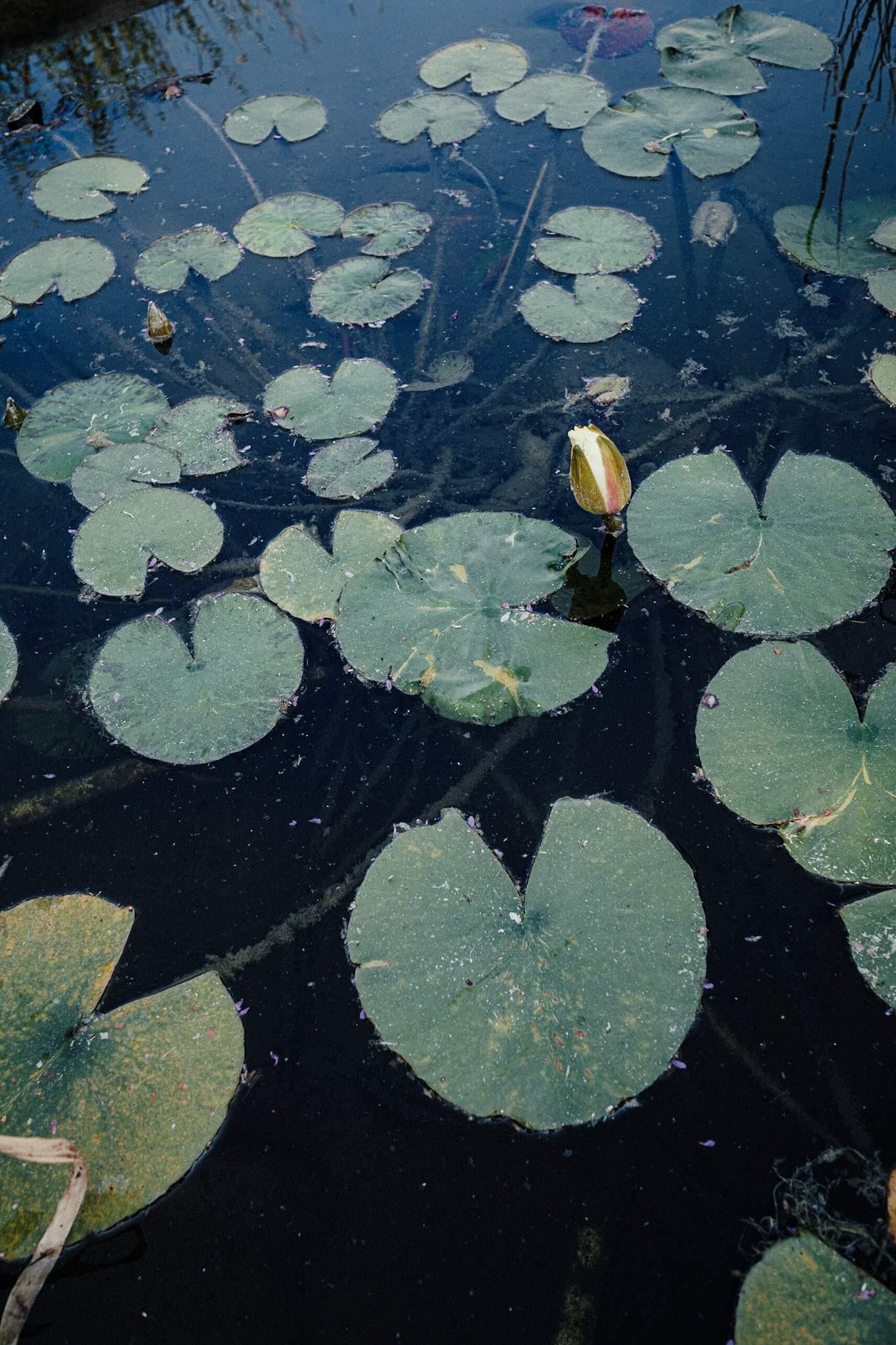
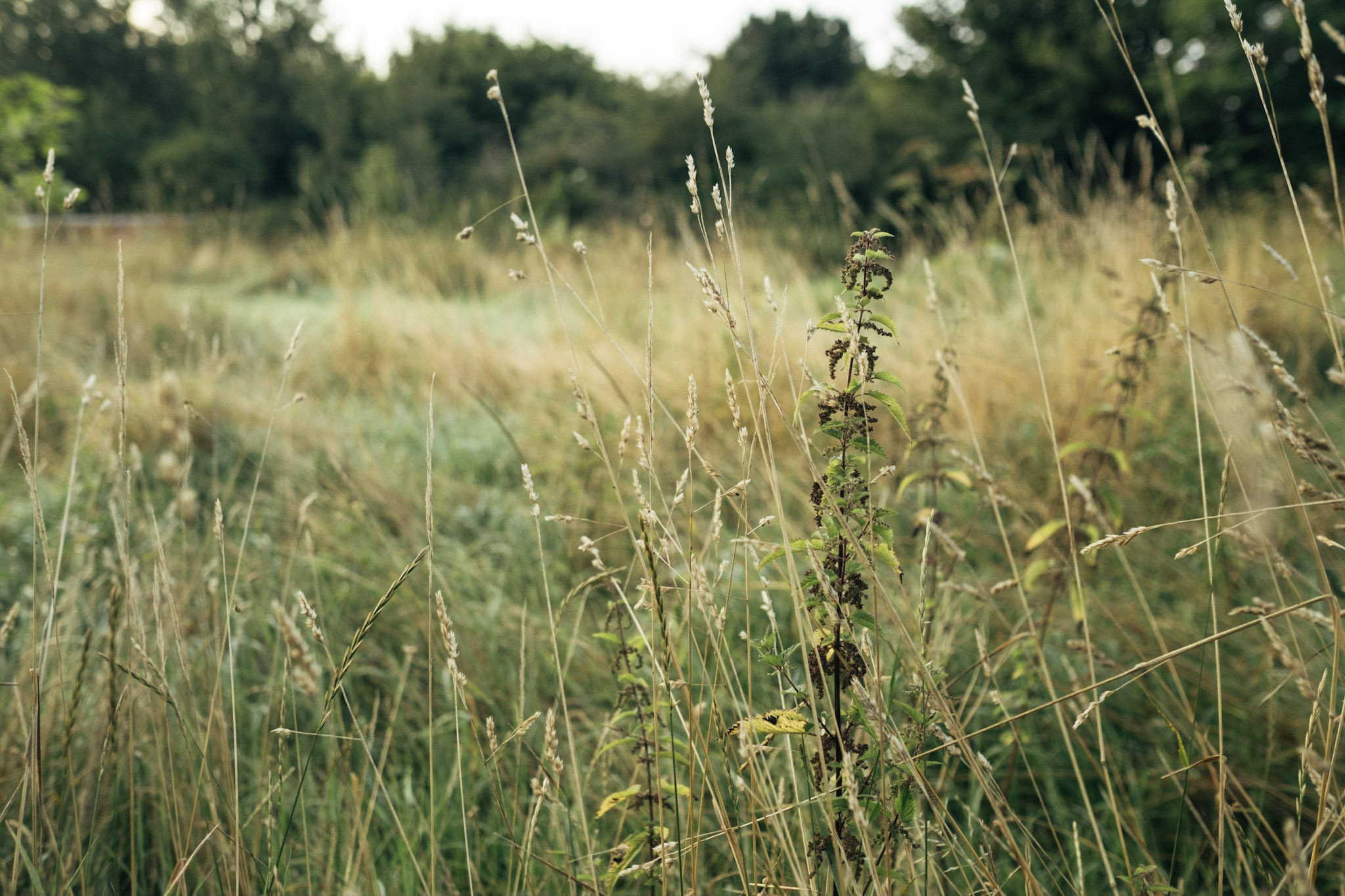
The sound of nature really isn’t quiet at all. But it is unbelievable relaxing. Whenever our baby would cry, we would walk outside and he immediately went silent and listen to the surrounding nature. Instead of turning on white noise on Spotify like we used to do, we just brought him to the garden and he would calm down and go to sleep.
Physical Sensation
The visual and audio-visual harmony of the garden is completed by walking this place barefoot: The sensual experience of grass, wheat, stones and different textures make this garden a round and complete place to just be and experience nature and yourself.
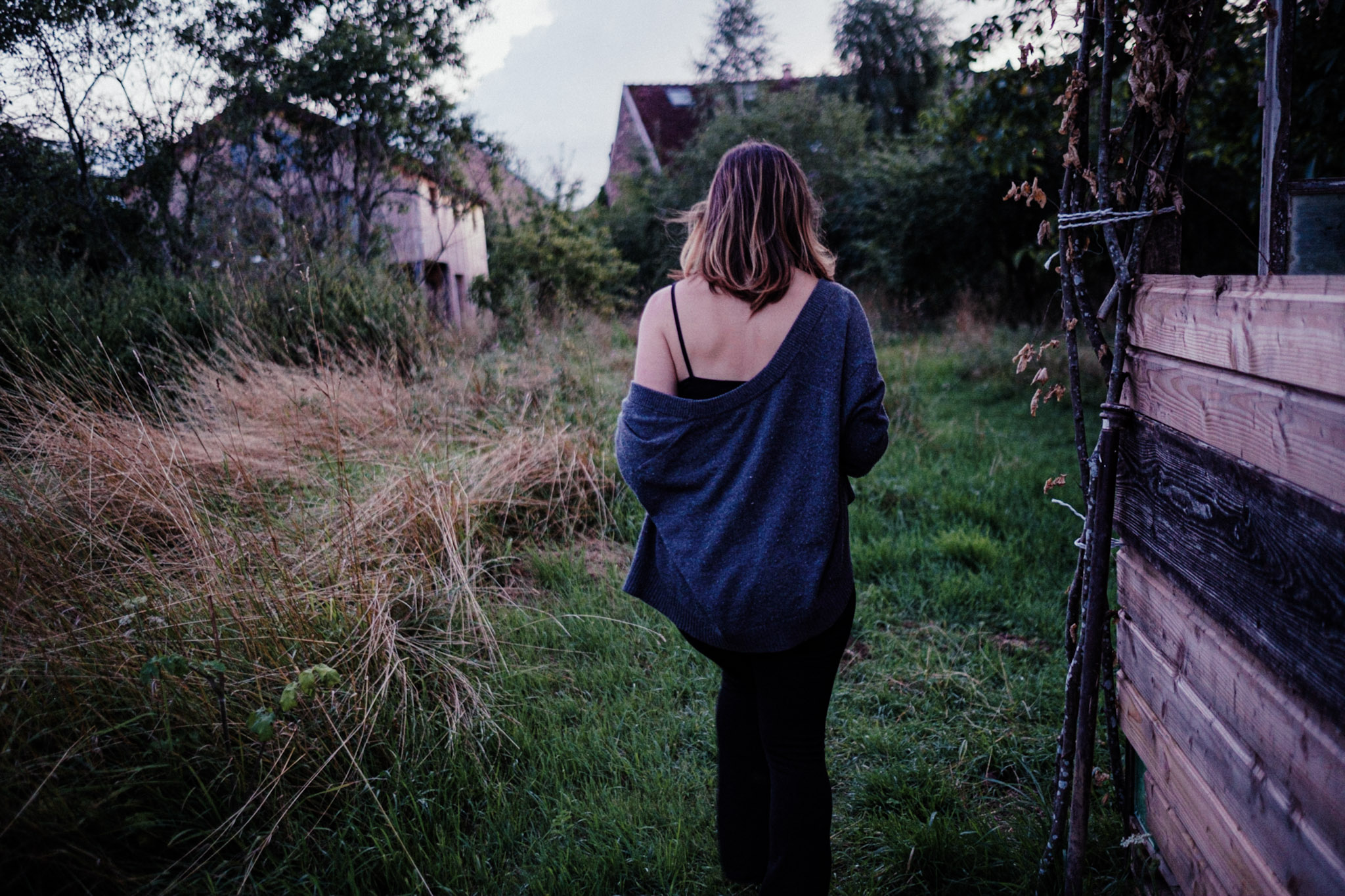
This garden has contrasted the contemporary suburban gardening style and made us aware of the problems that it poses. The connection to nature has almost completely vanished there – every inch of grass is domesticated in our gardens, chemicals are used to get rid off “pests”, parts of the eco-system that are essential for the regeneration the soil and take an important part in the cycle of life. We try to plant exotic flowers that don’t belong and require huge amounts of care, wherefore we rip out local plants that happen to grow there, just because we haven’t planted them ourselves.
If we ever get a garden we don’t want to dominate the nature there, but rather intentionally cultivate and the let huge parts be as they grow.
The all-sense-experience of Isabelles garden will be a huge inspiration for the design of our own garden in our eco-friendly future home, where we hopefully also be growing our own organic food.
We hope that sharing our thoughts we developed when visiting Isabelles garden has sparked a bit of the inspiration we felt there in you too.
If you are having any thoughts, please write us a comment or message us on our social channels.
Love,

